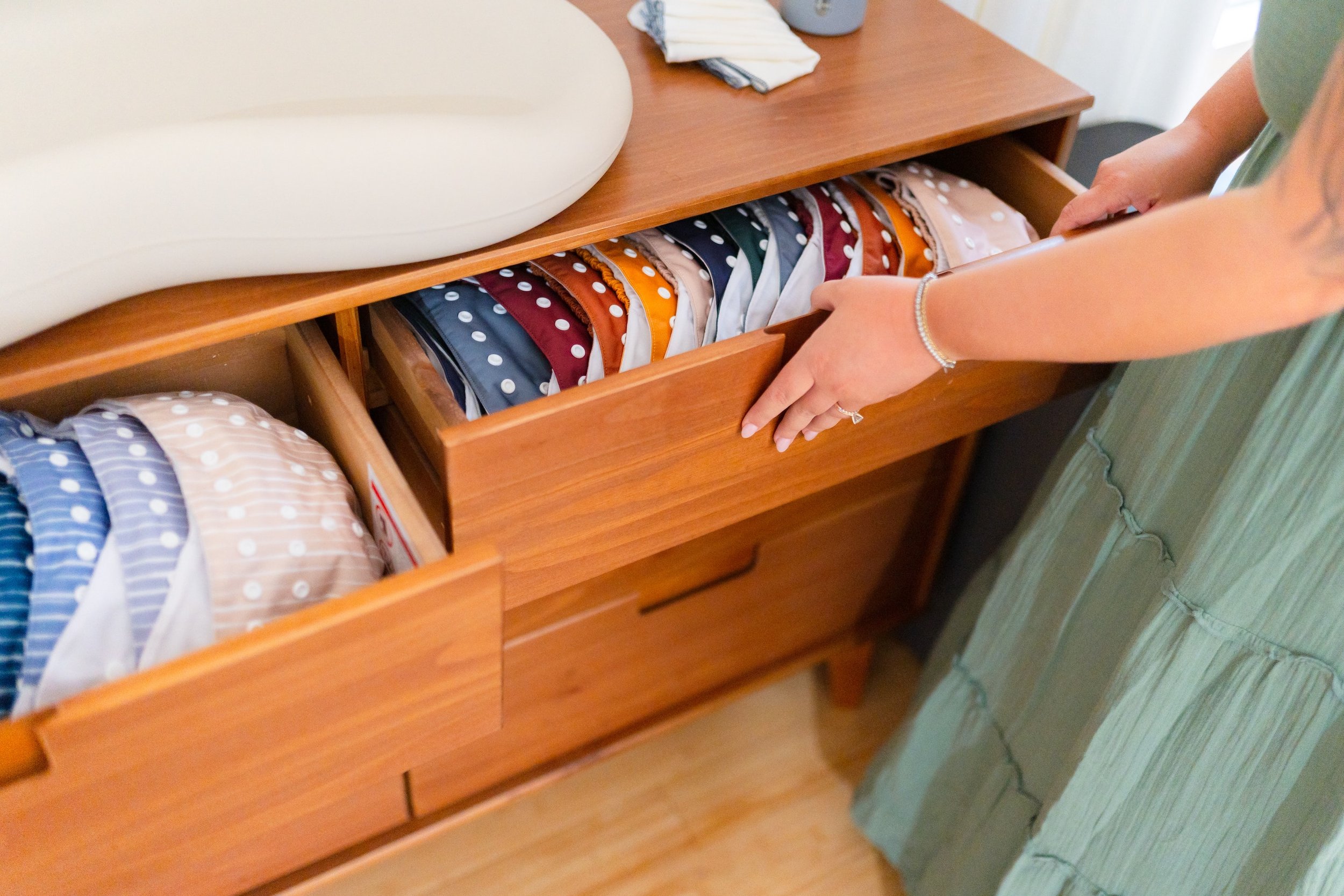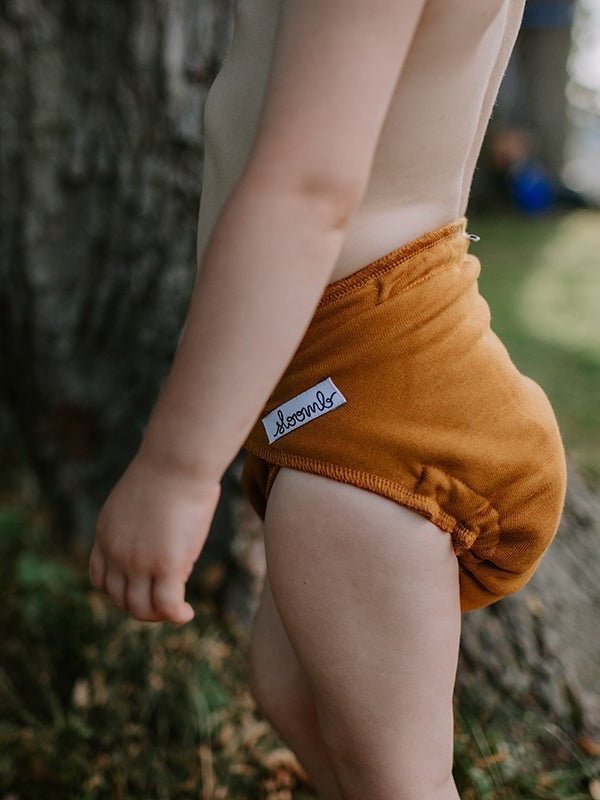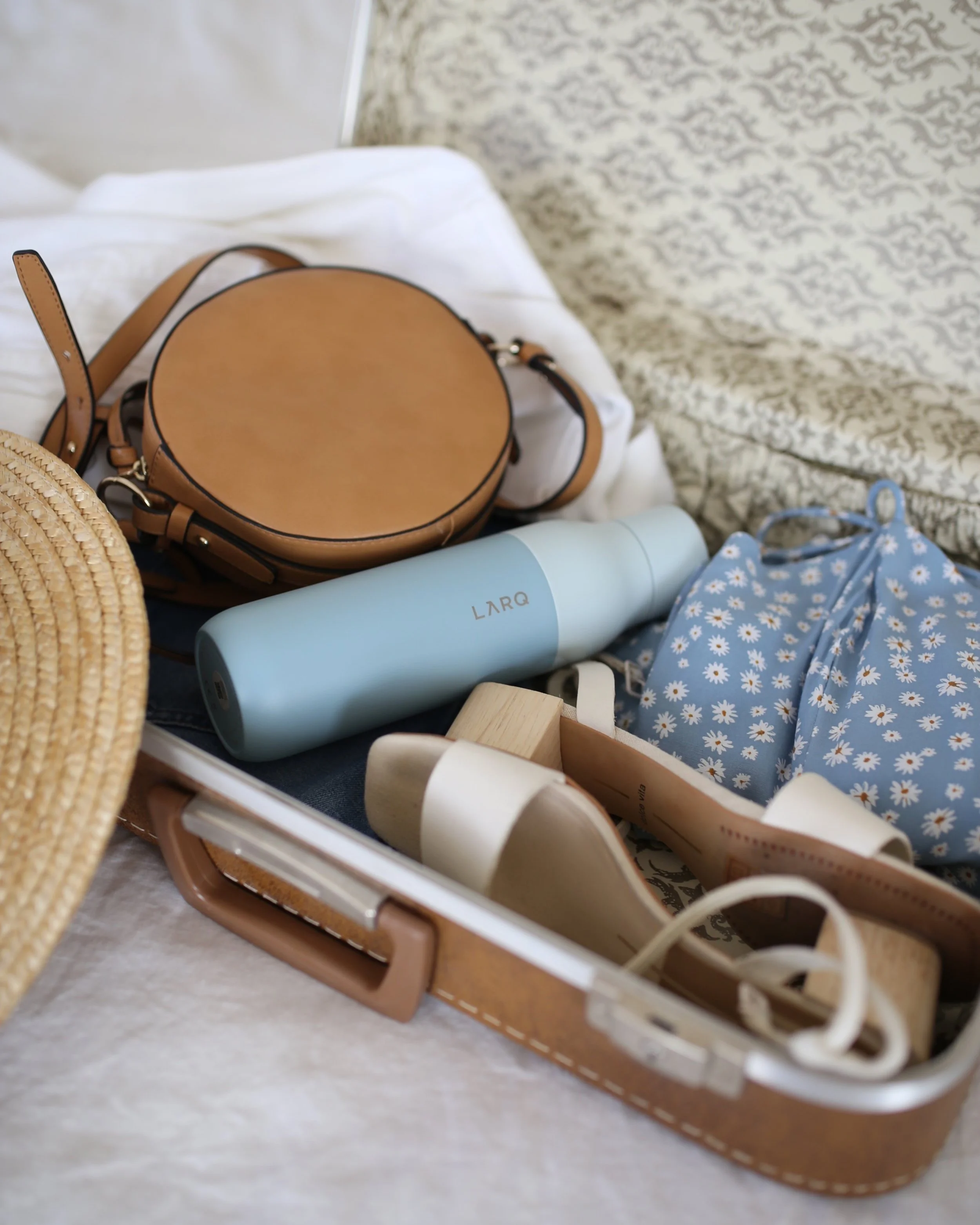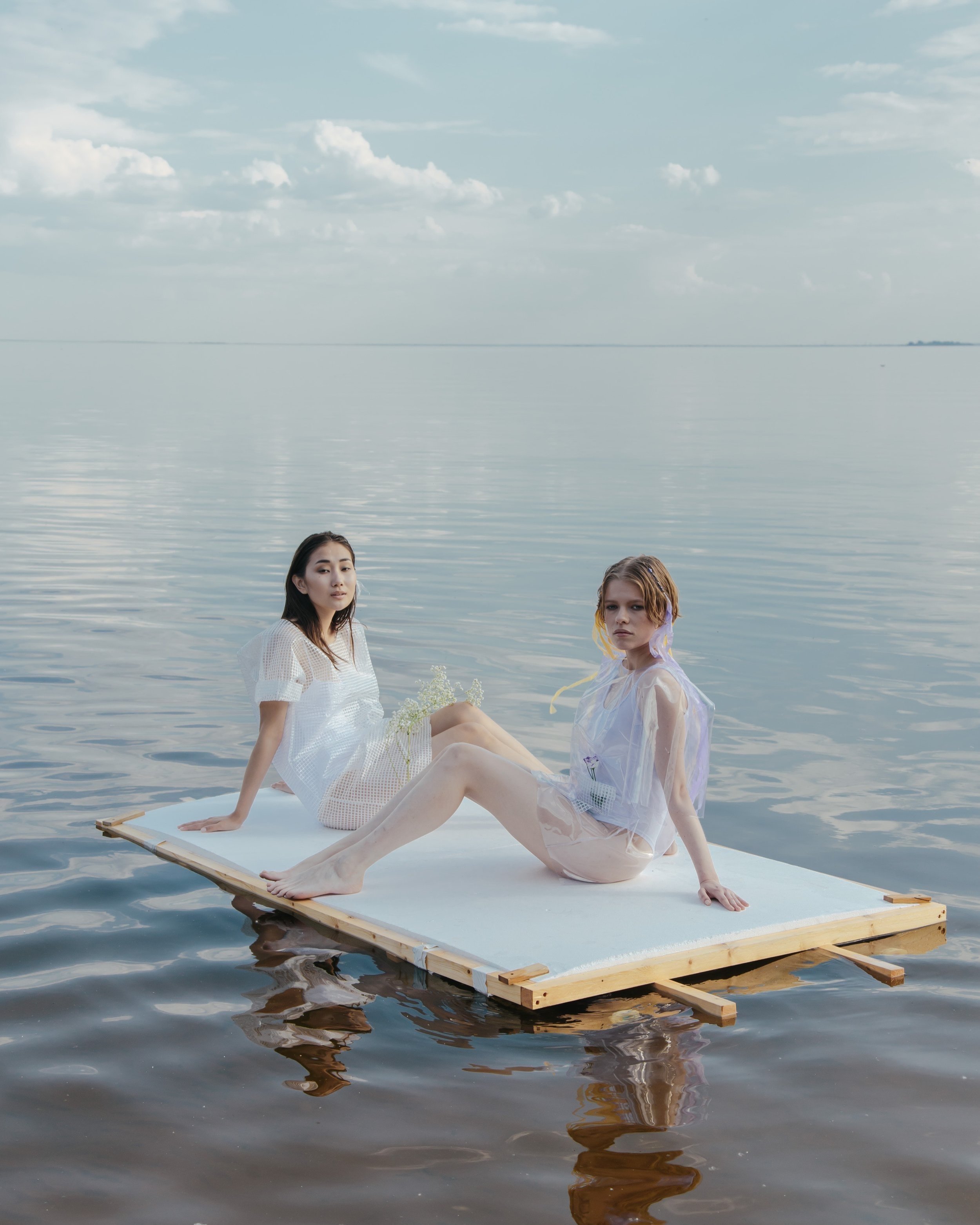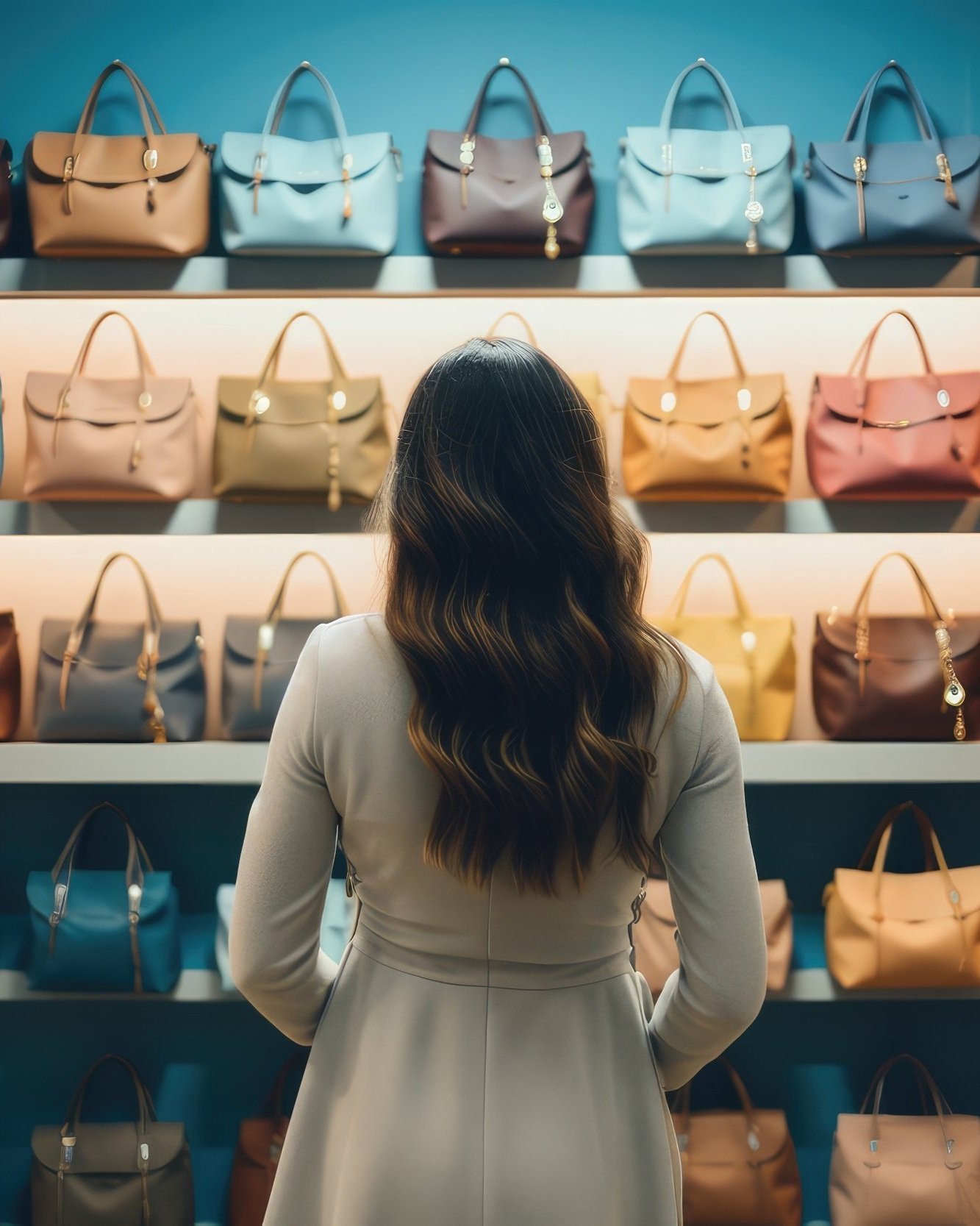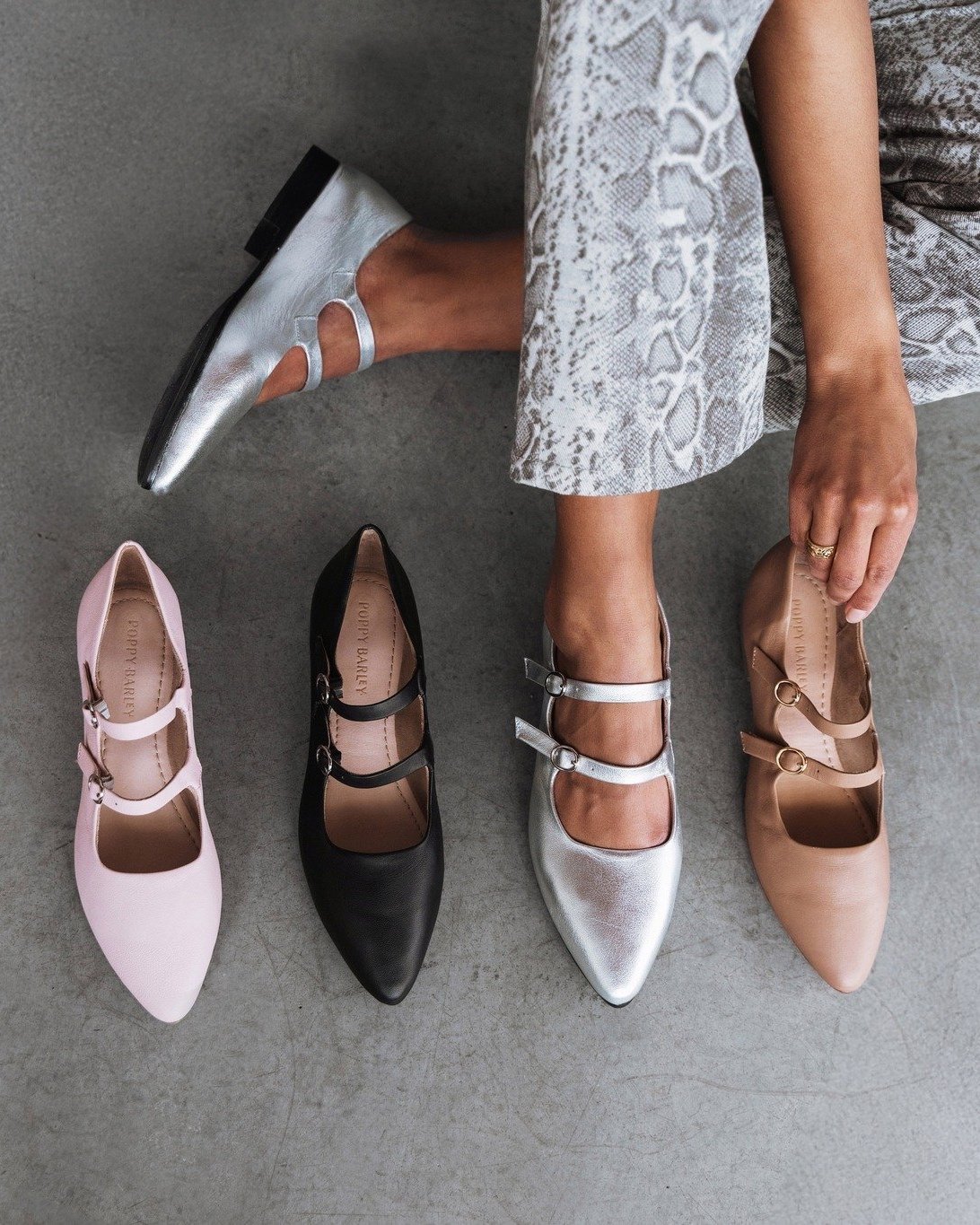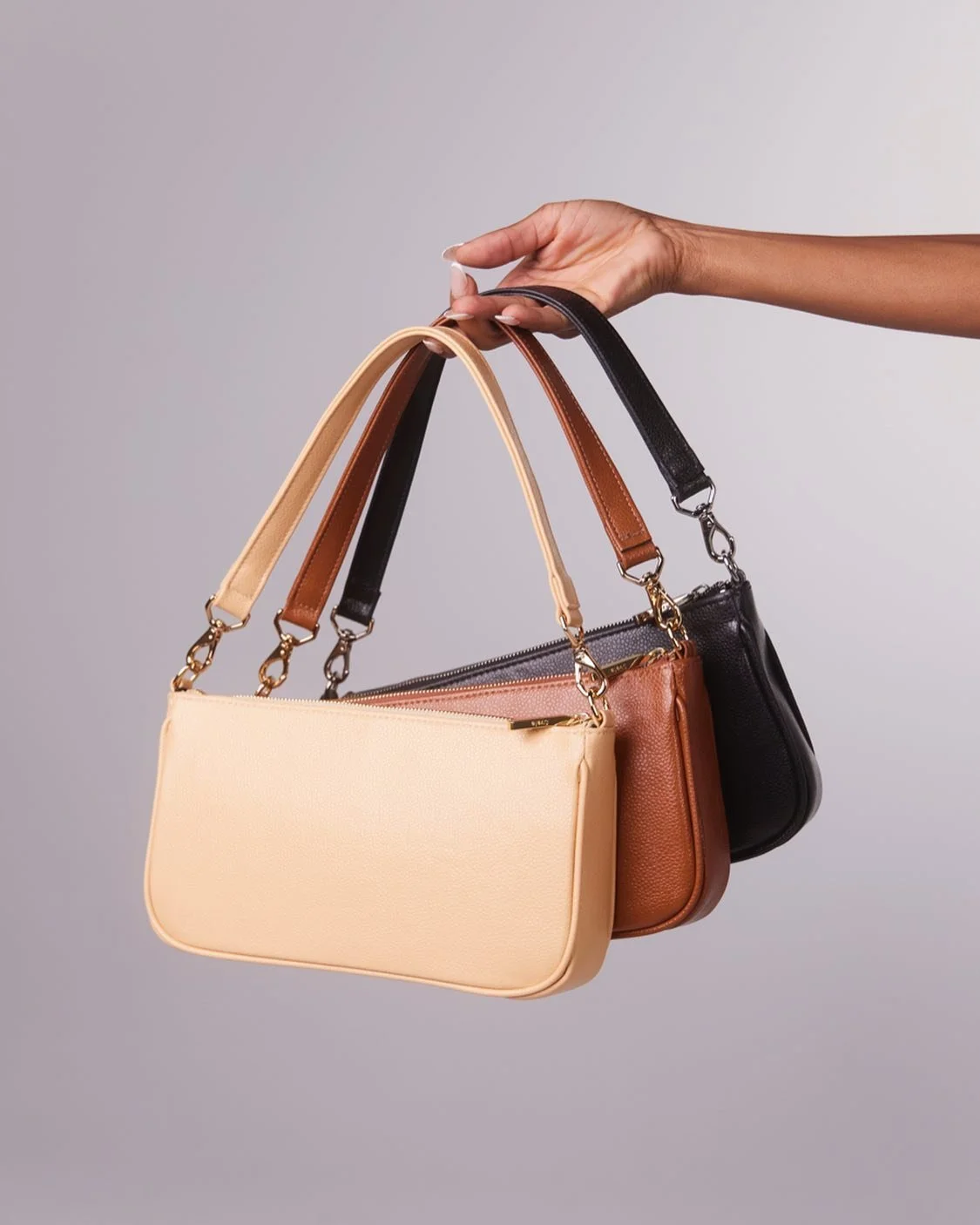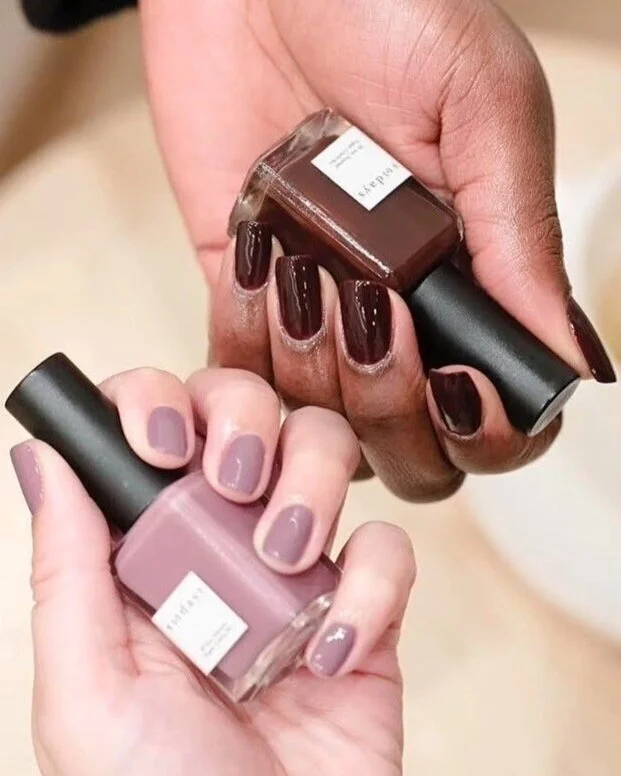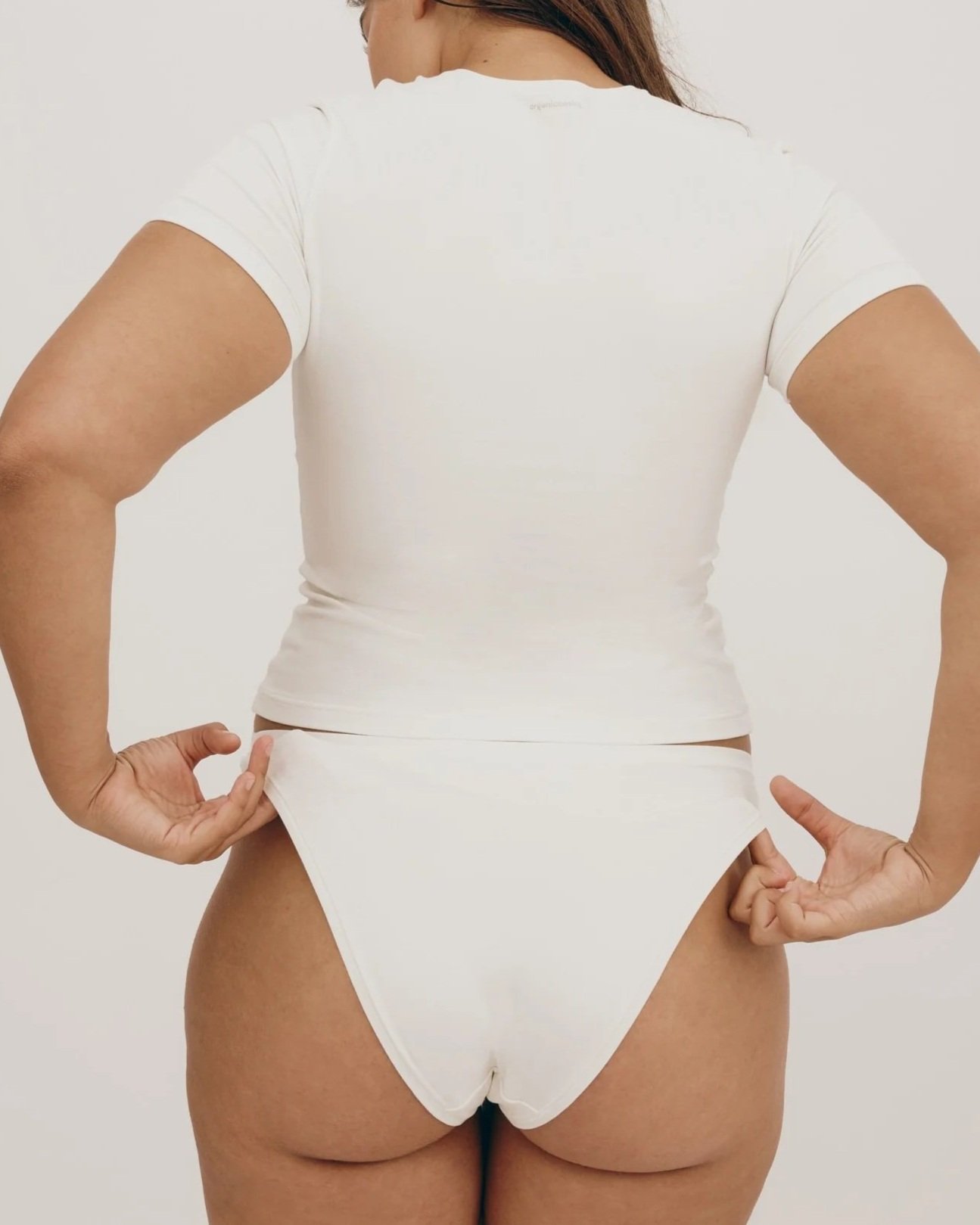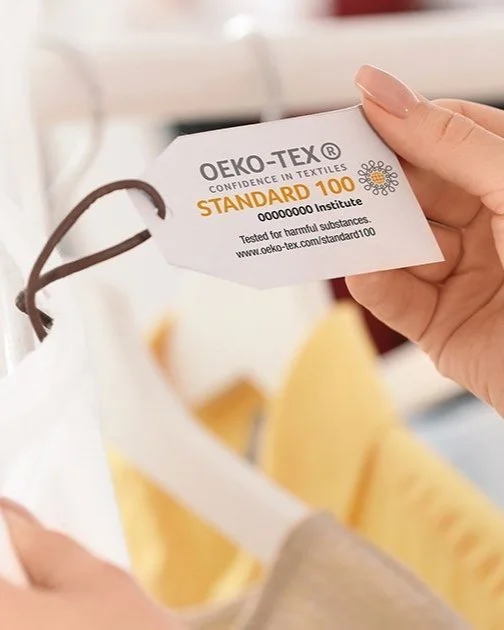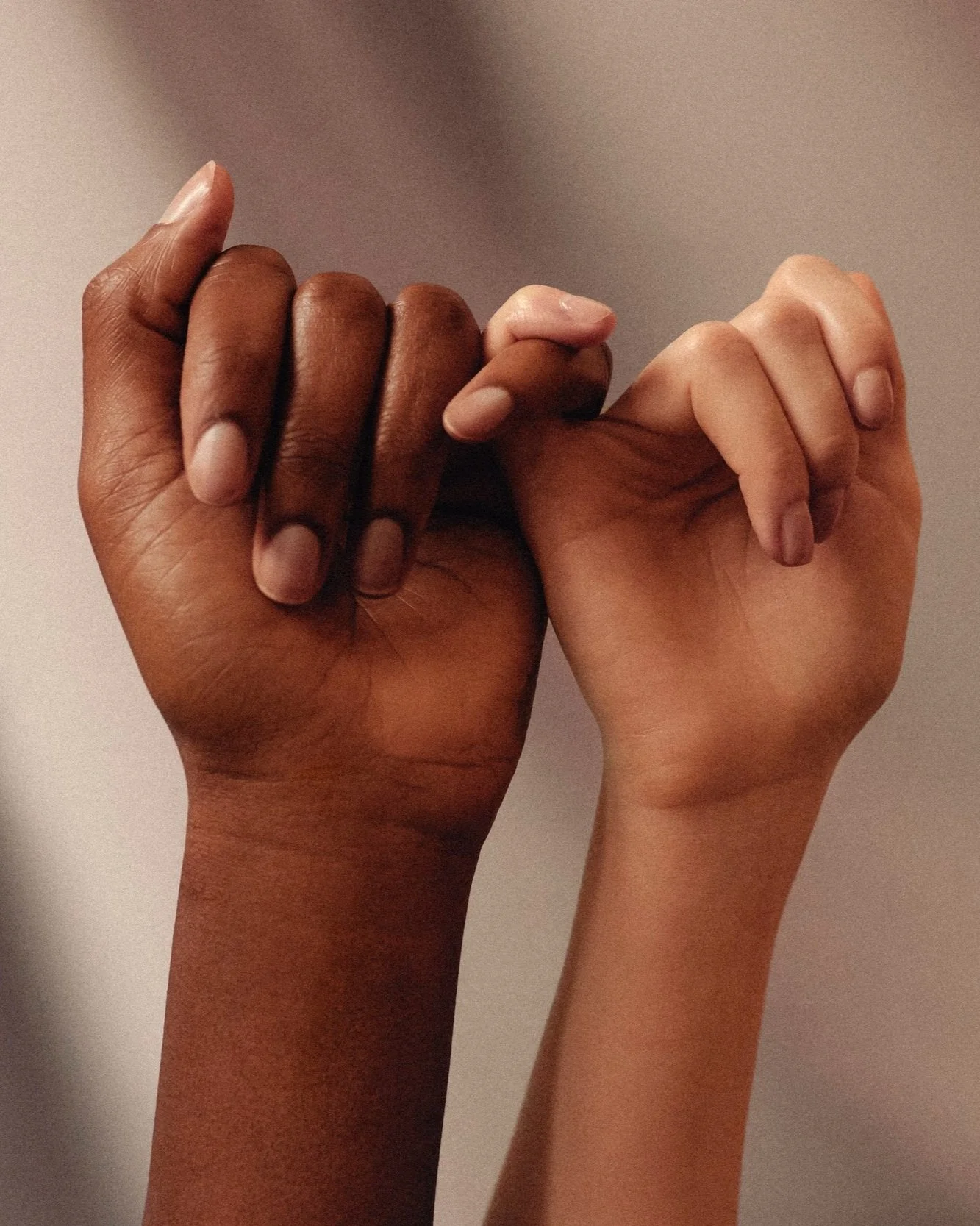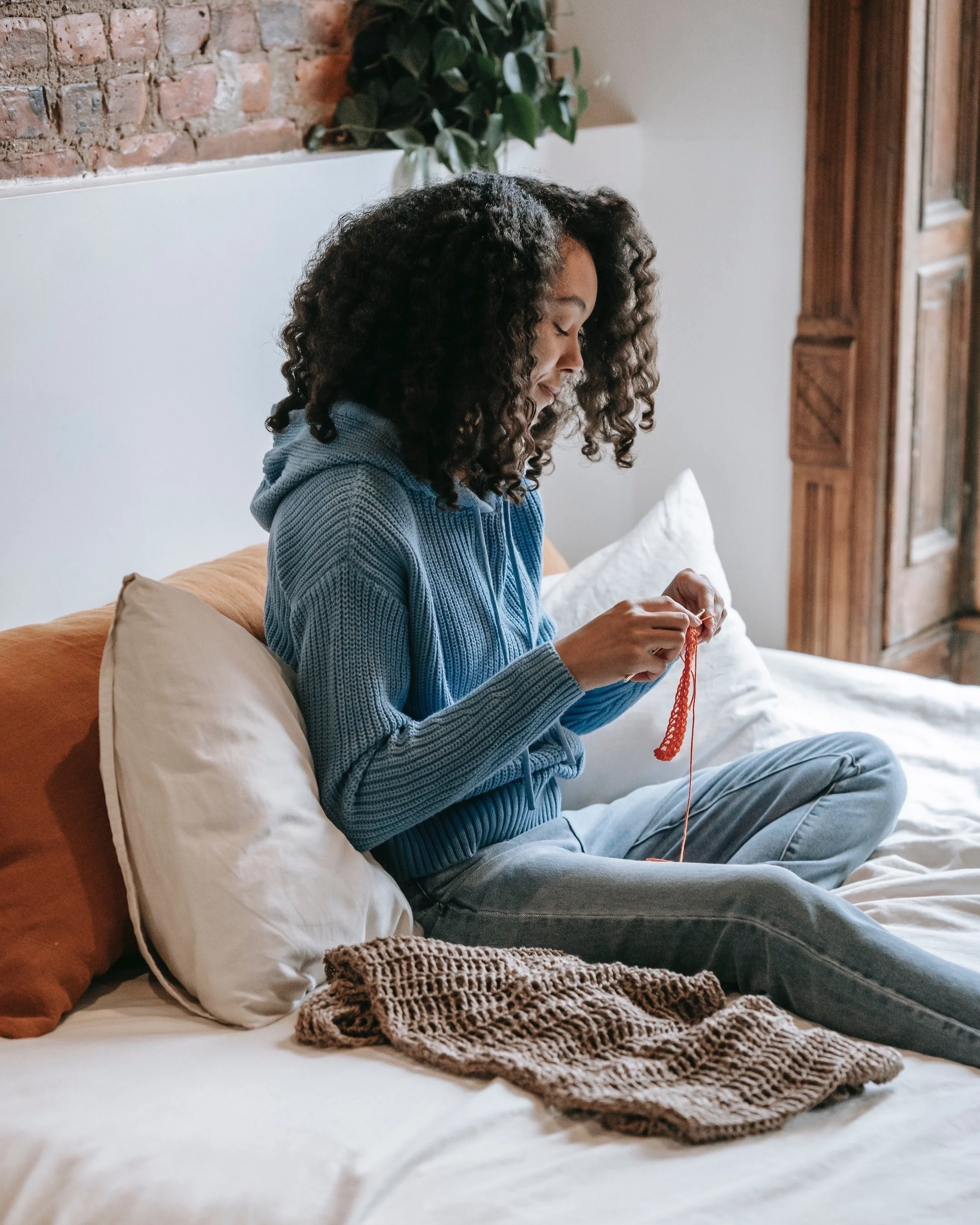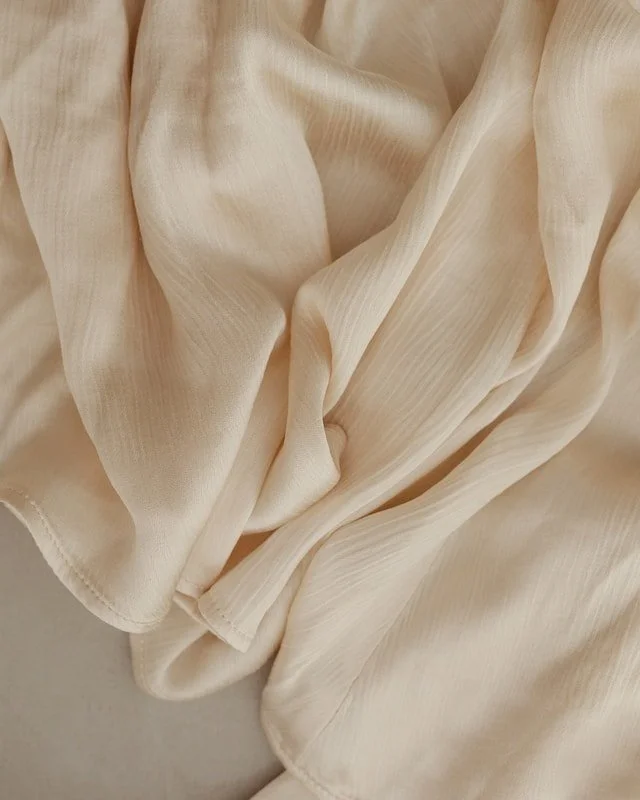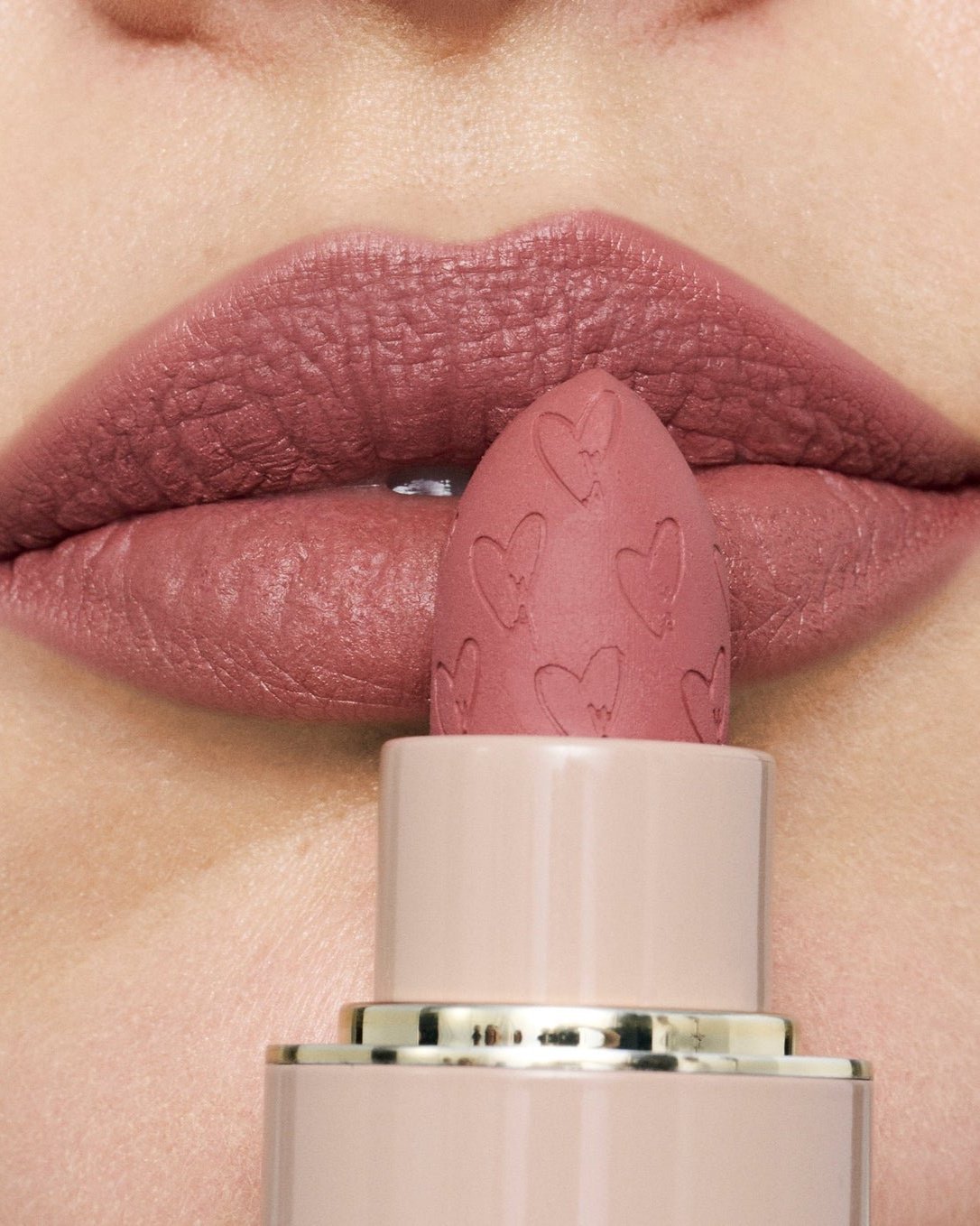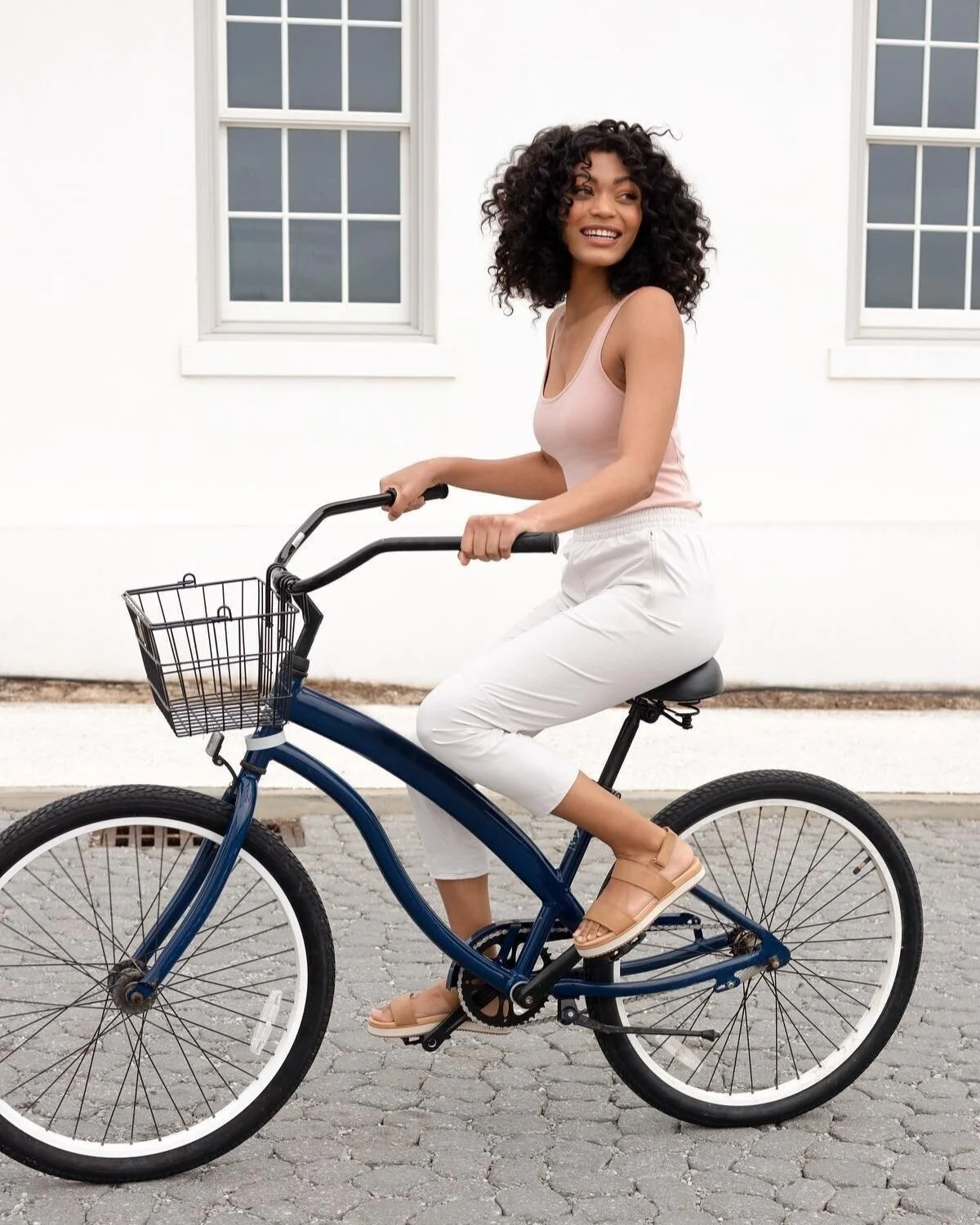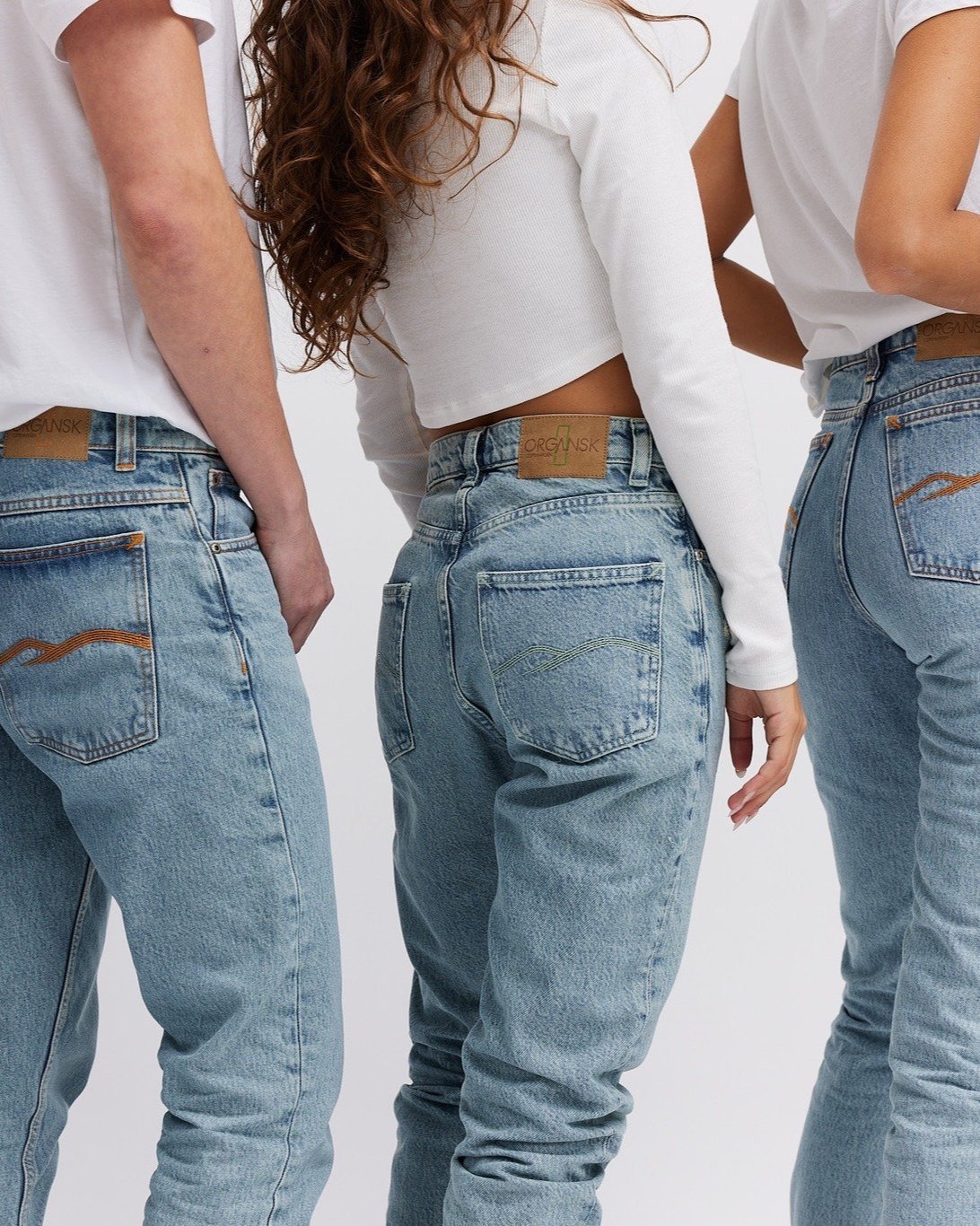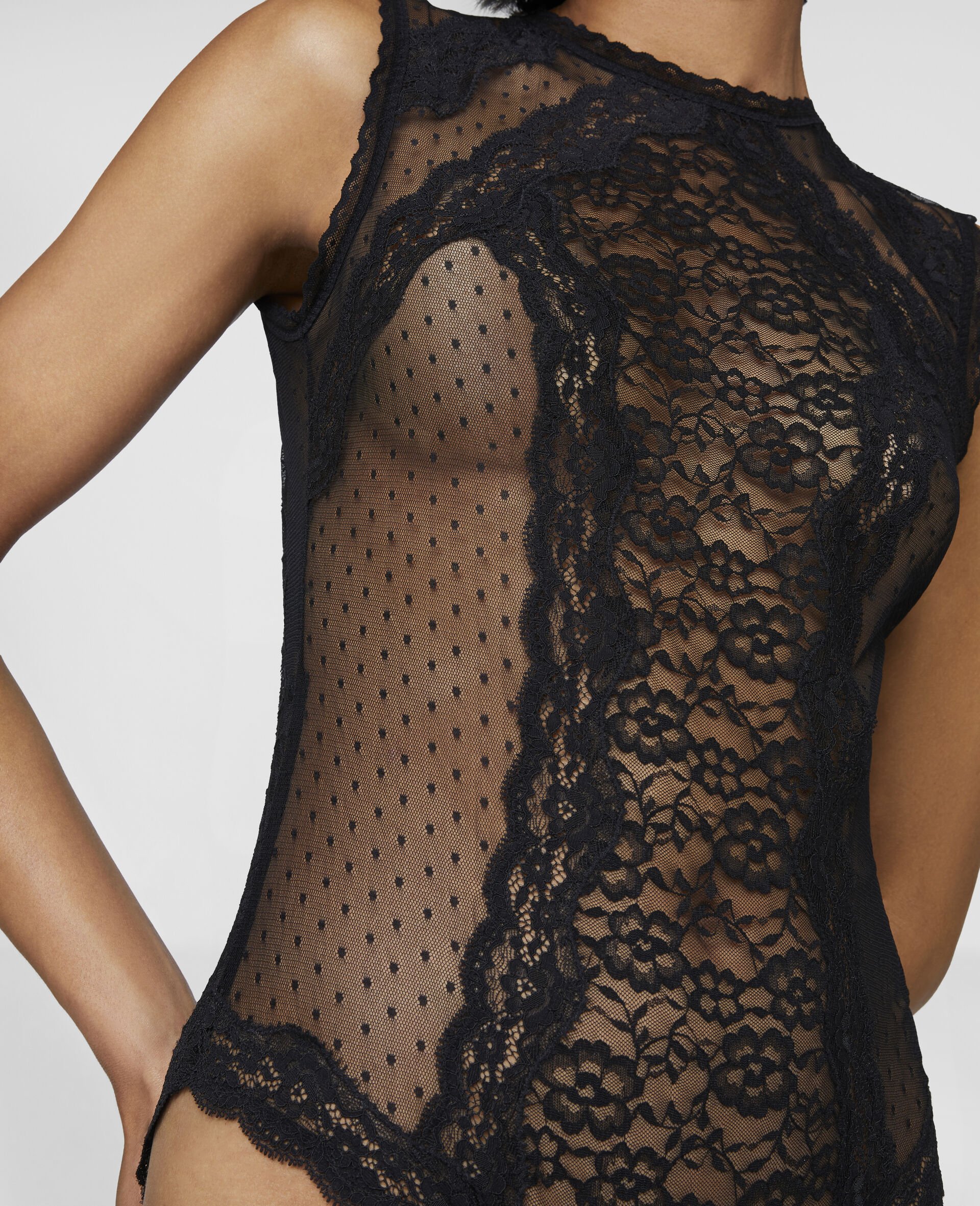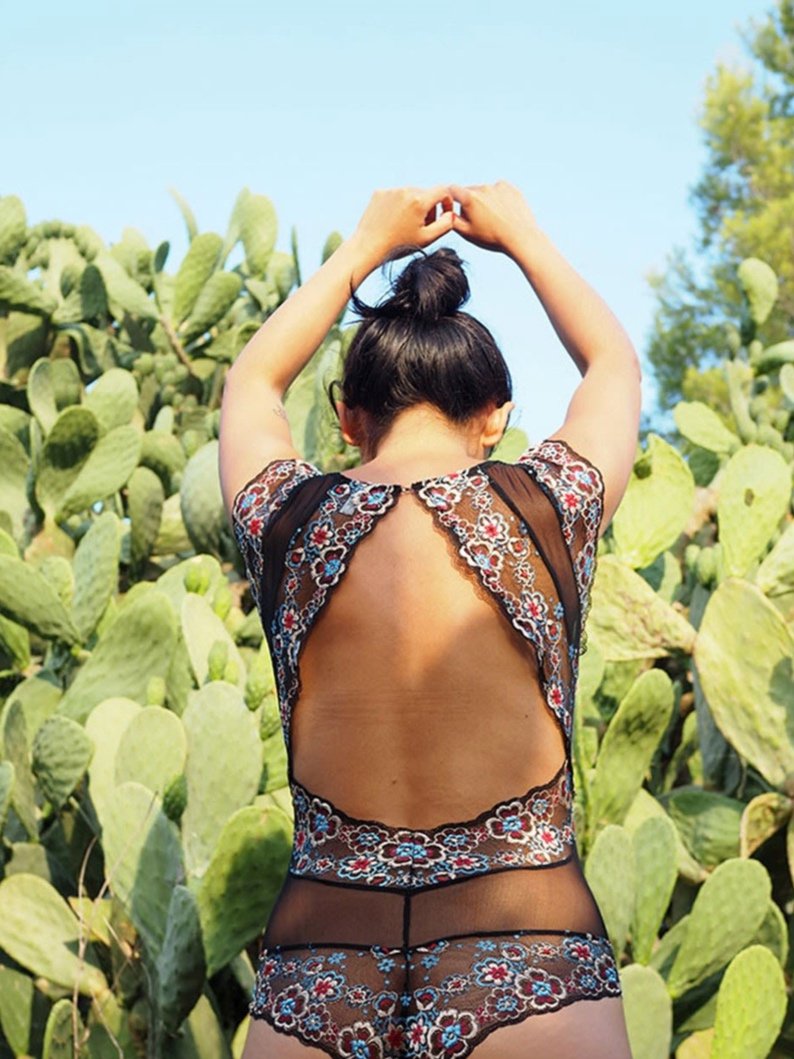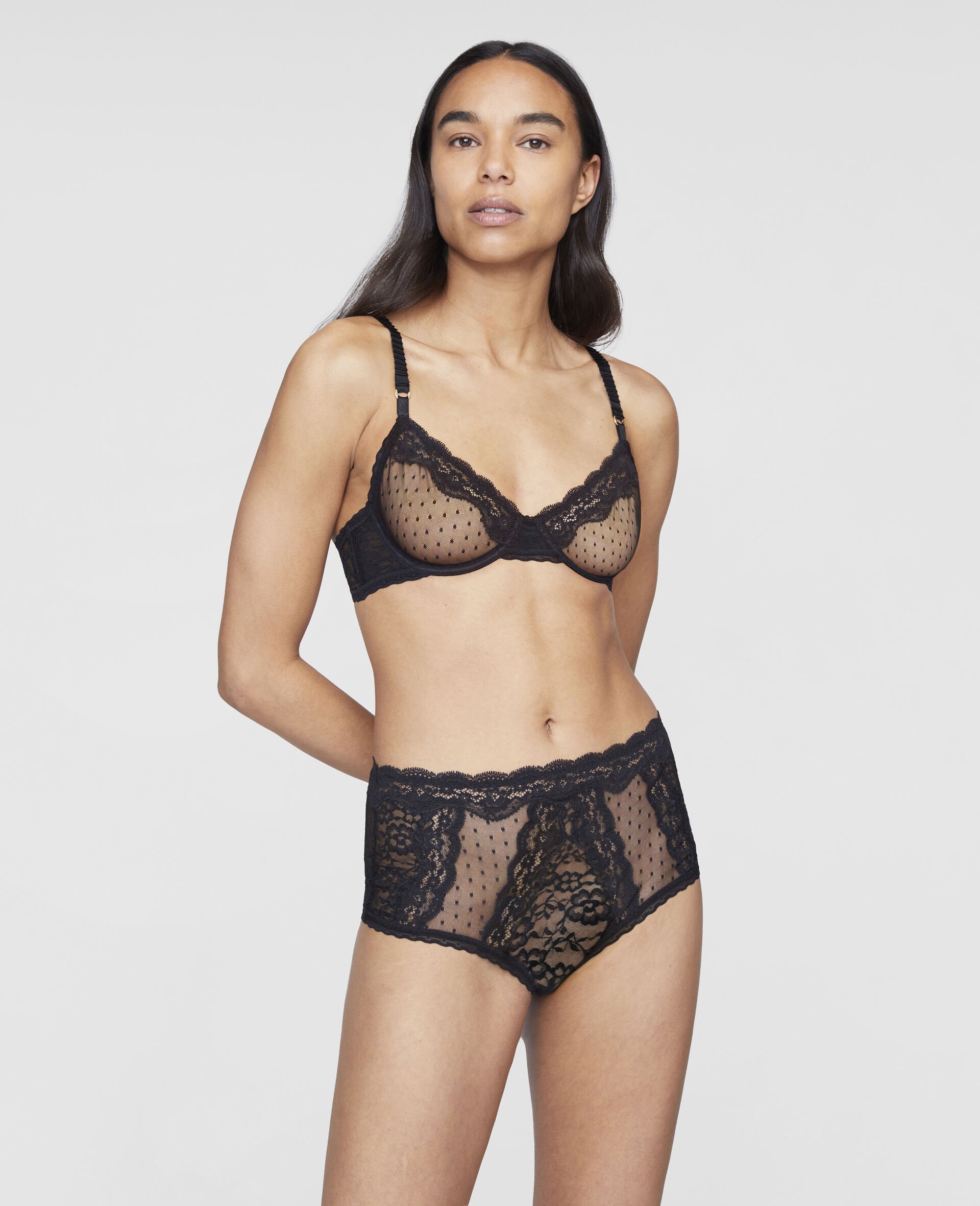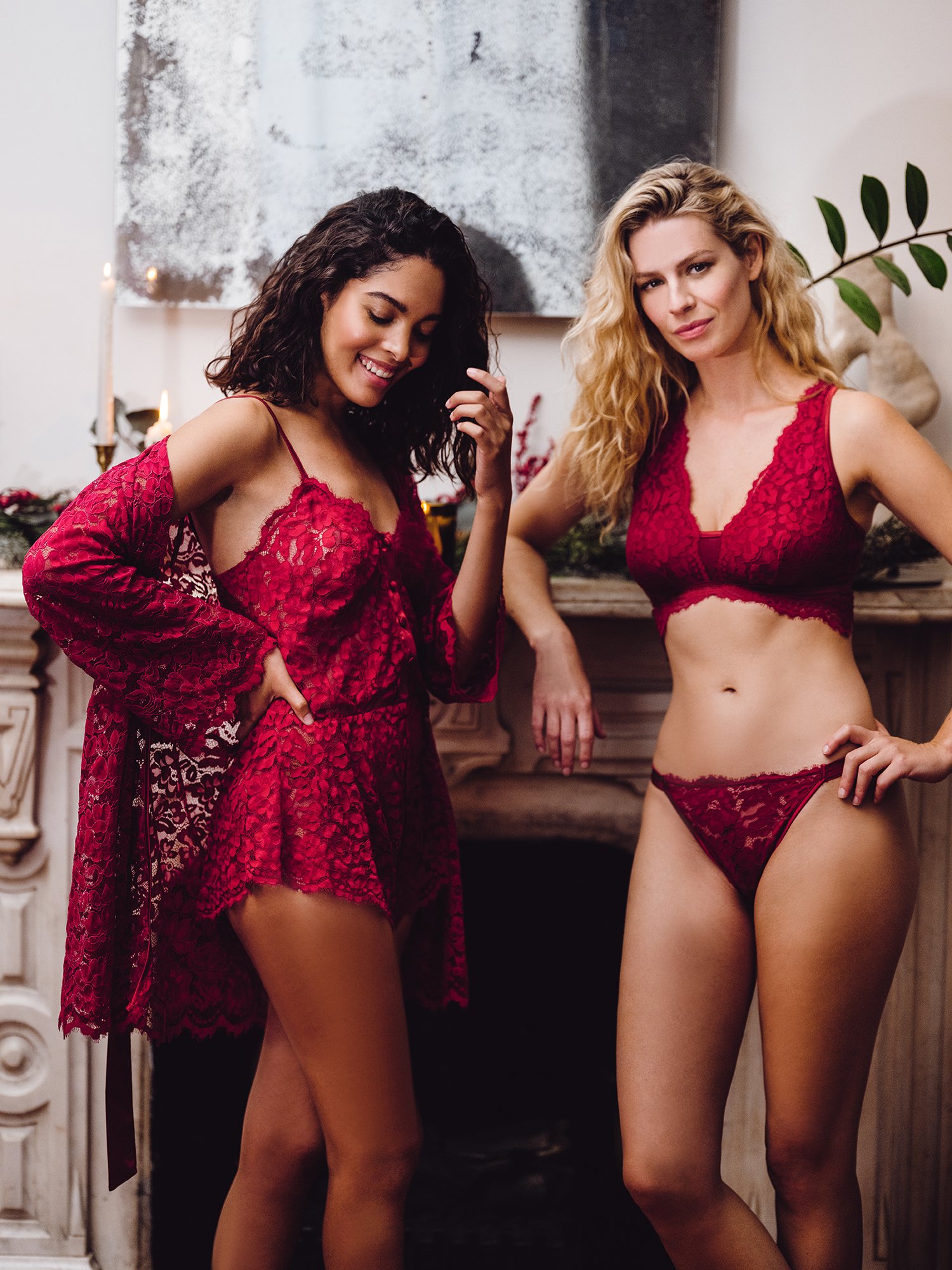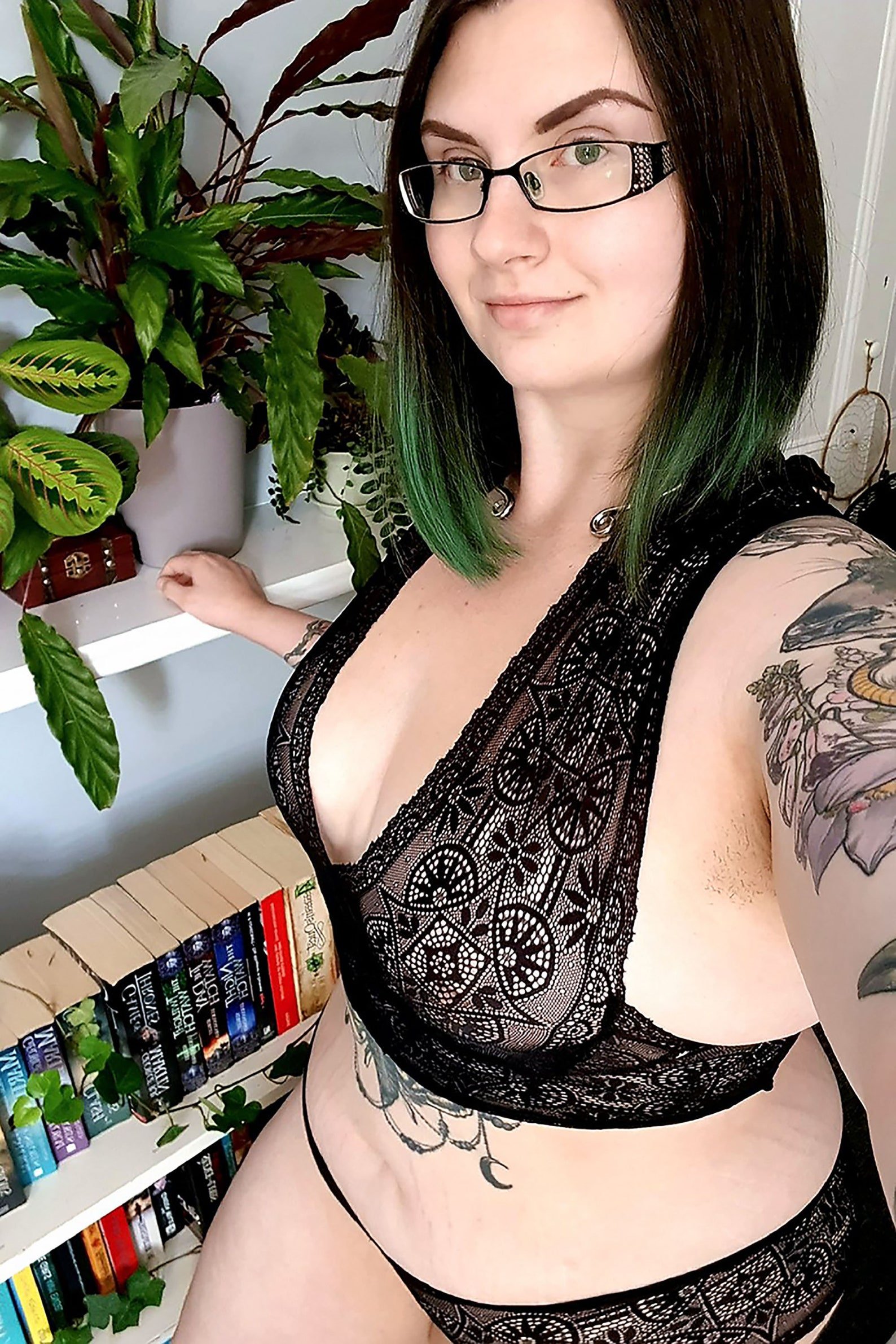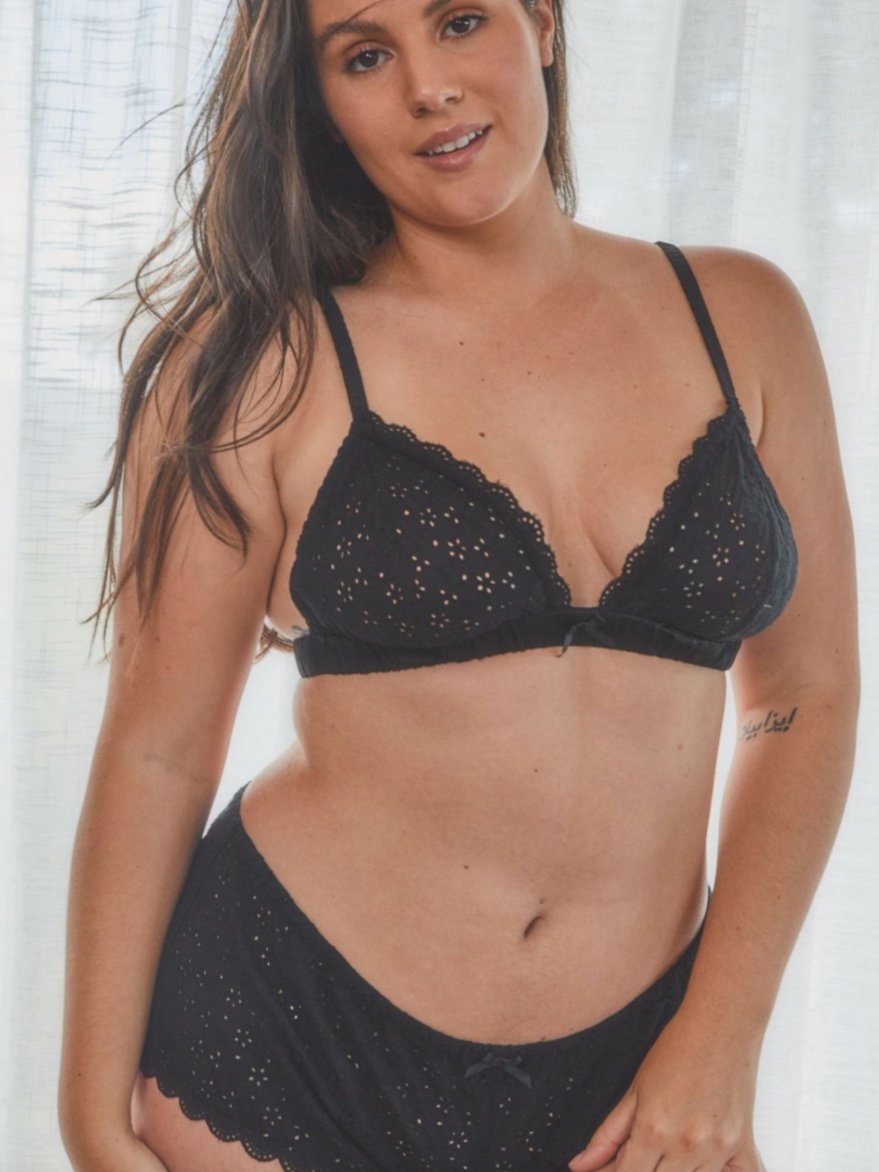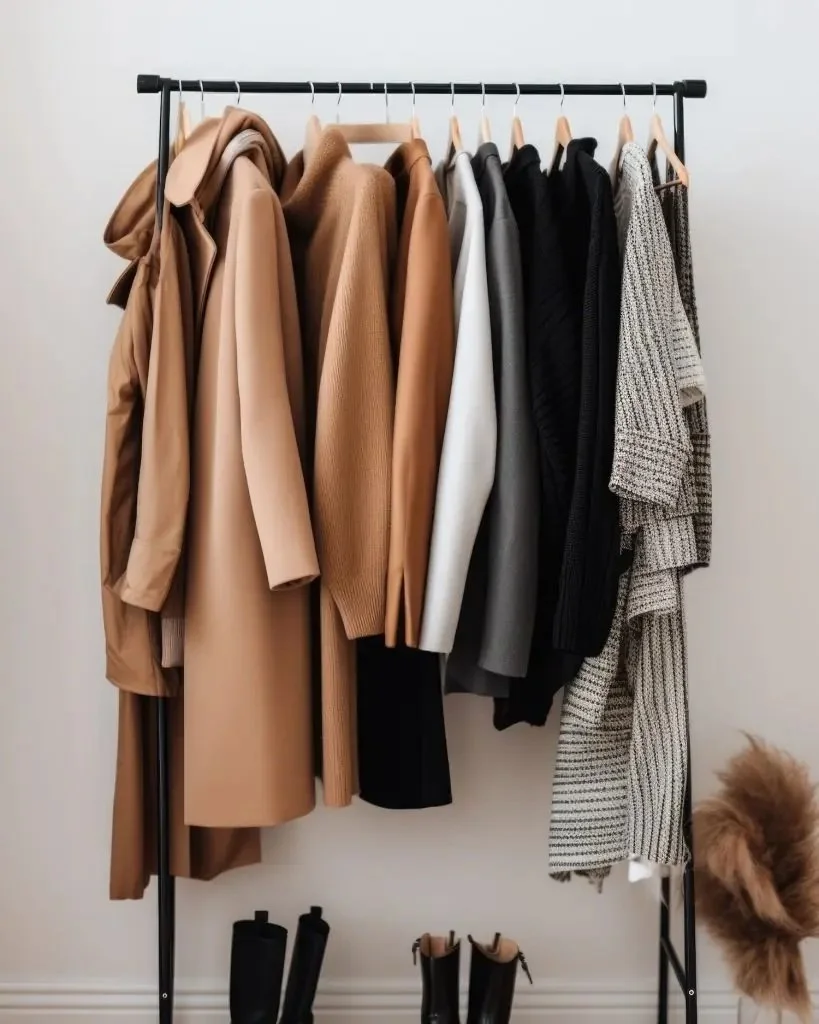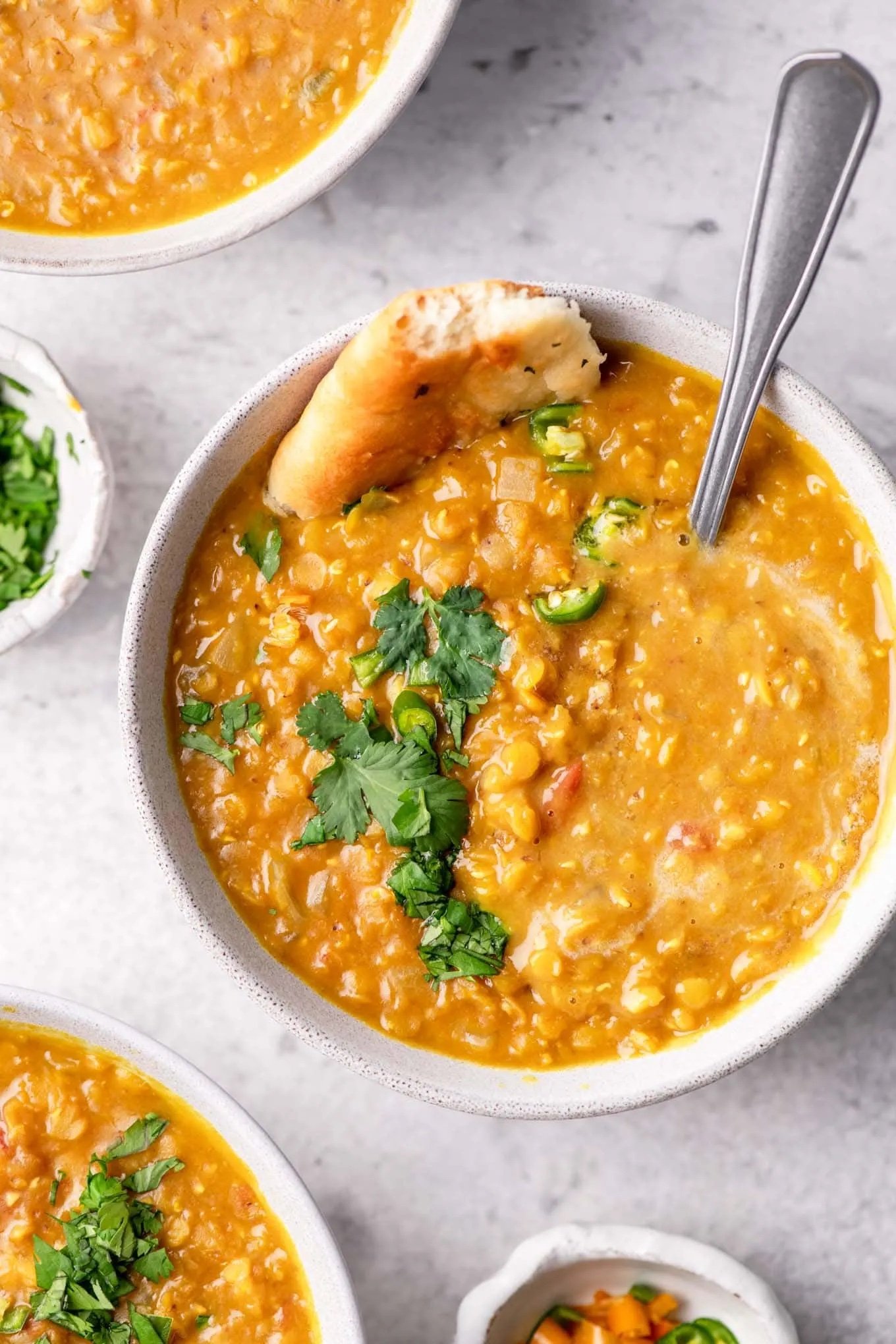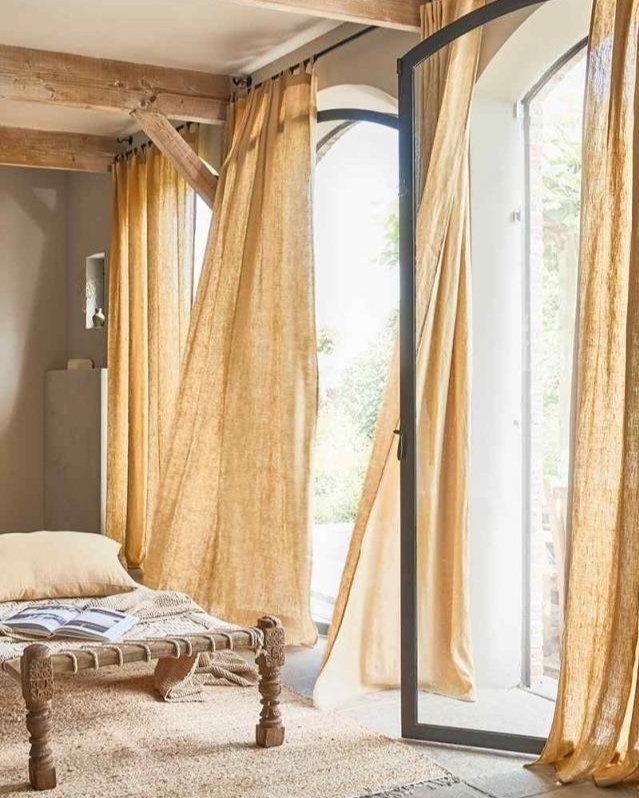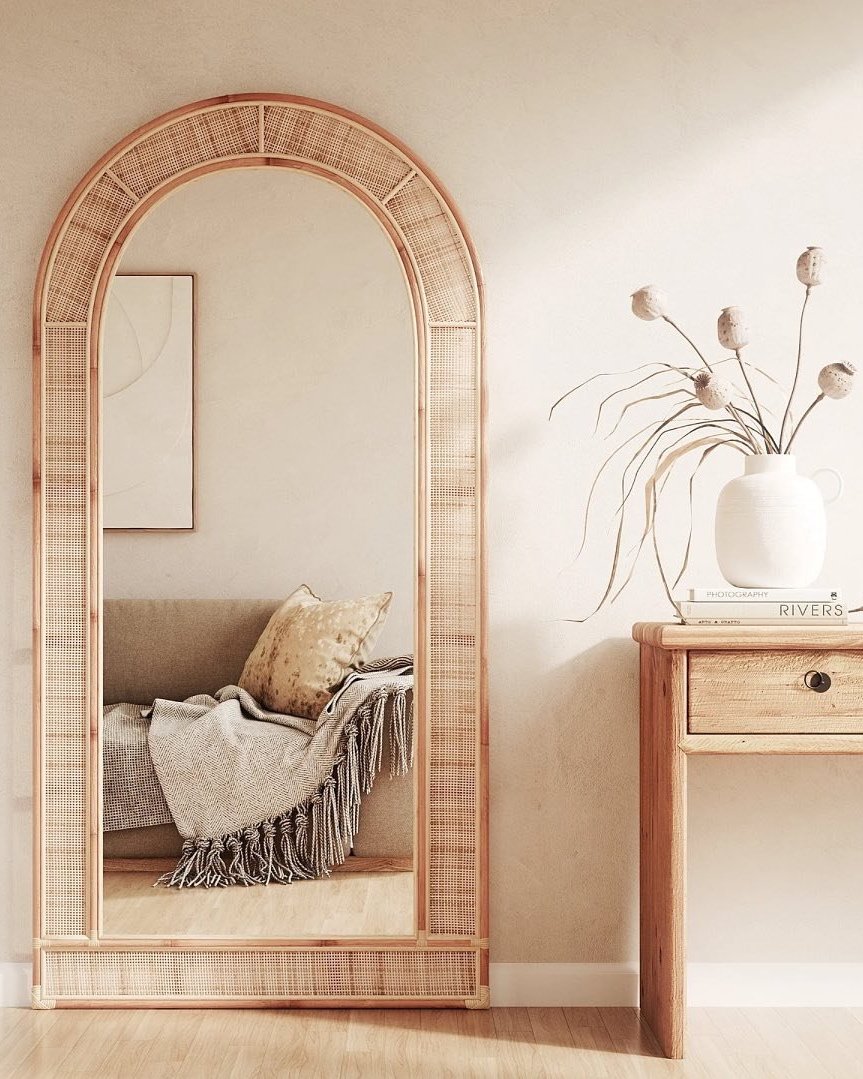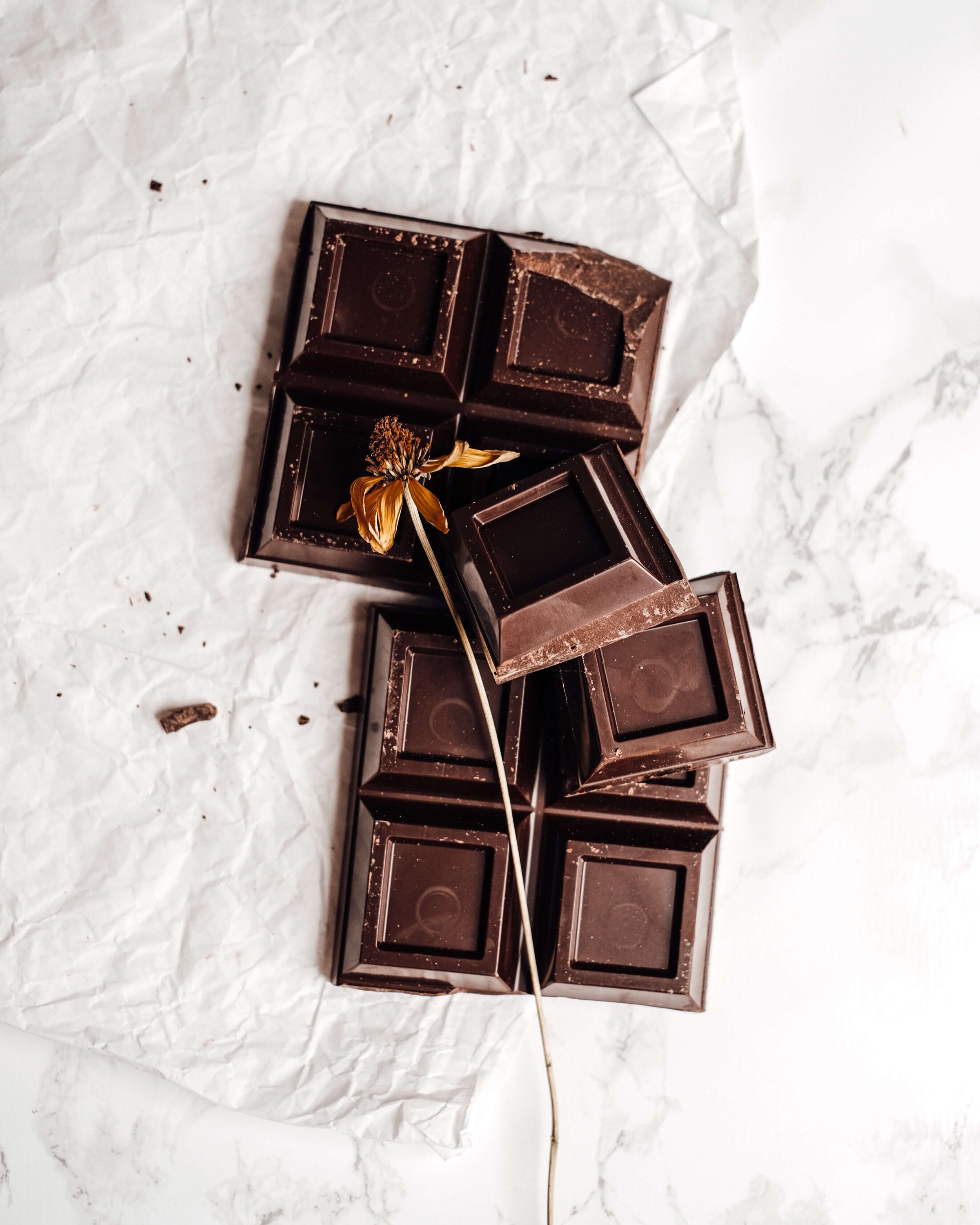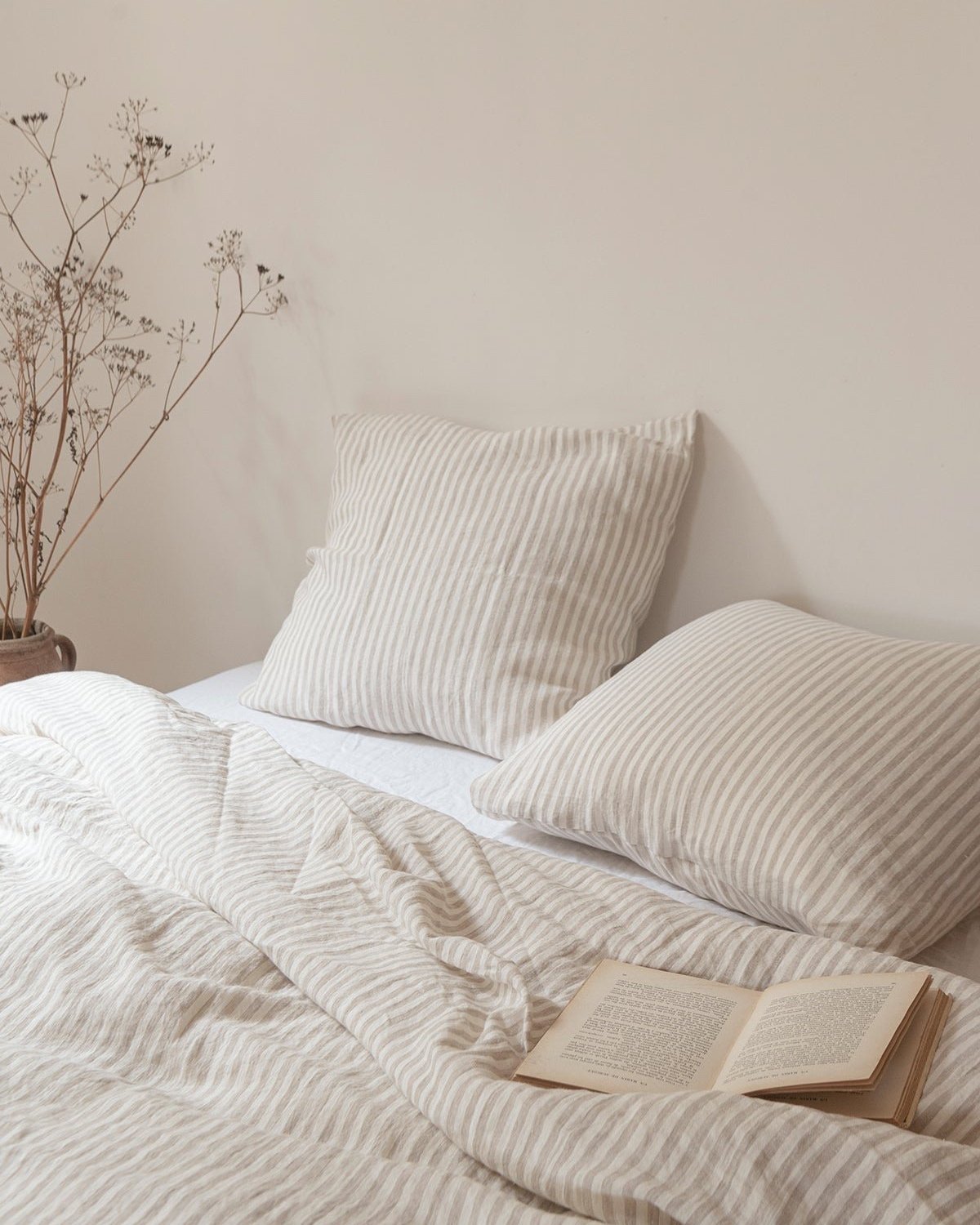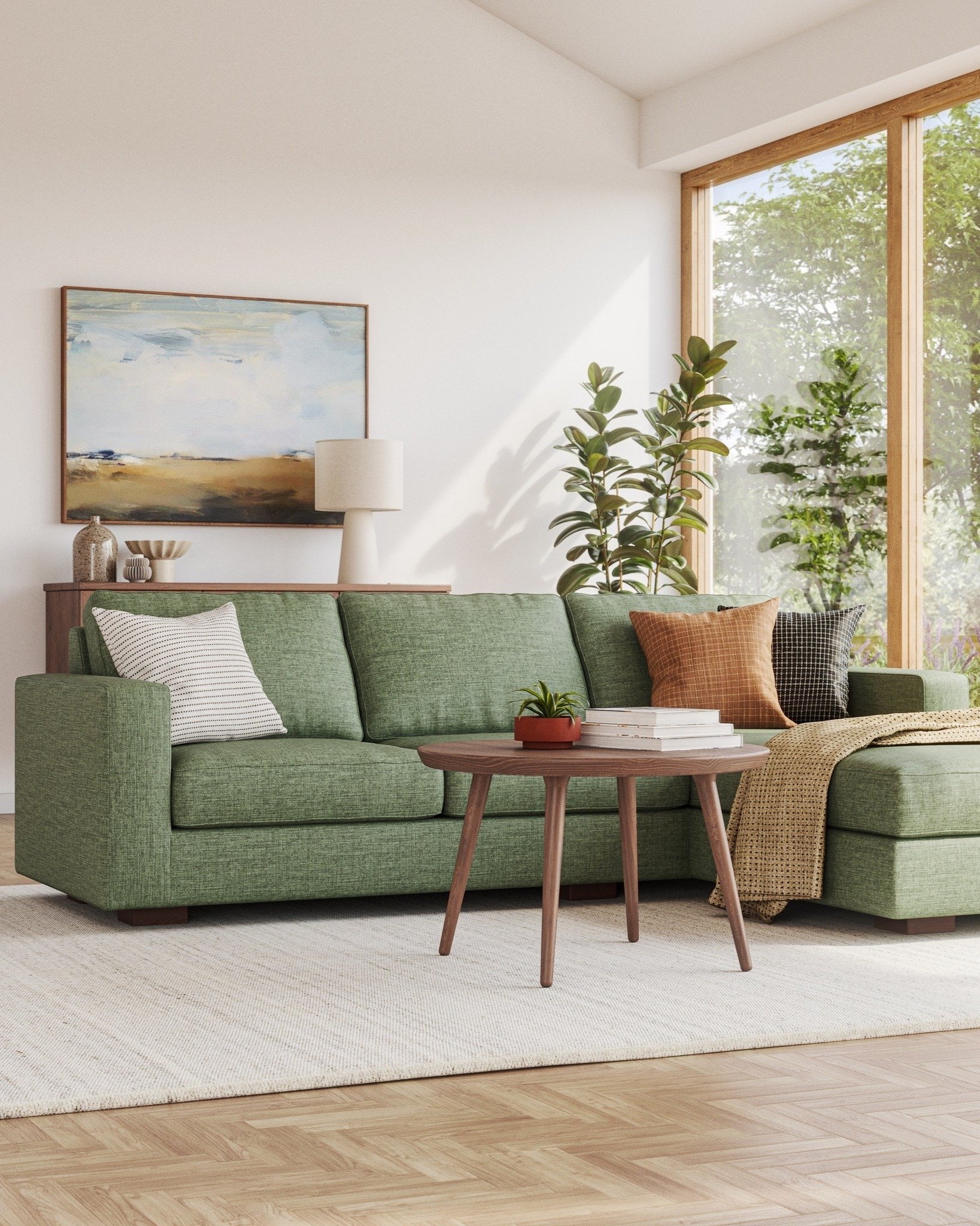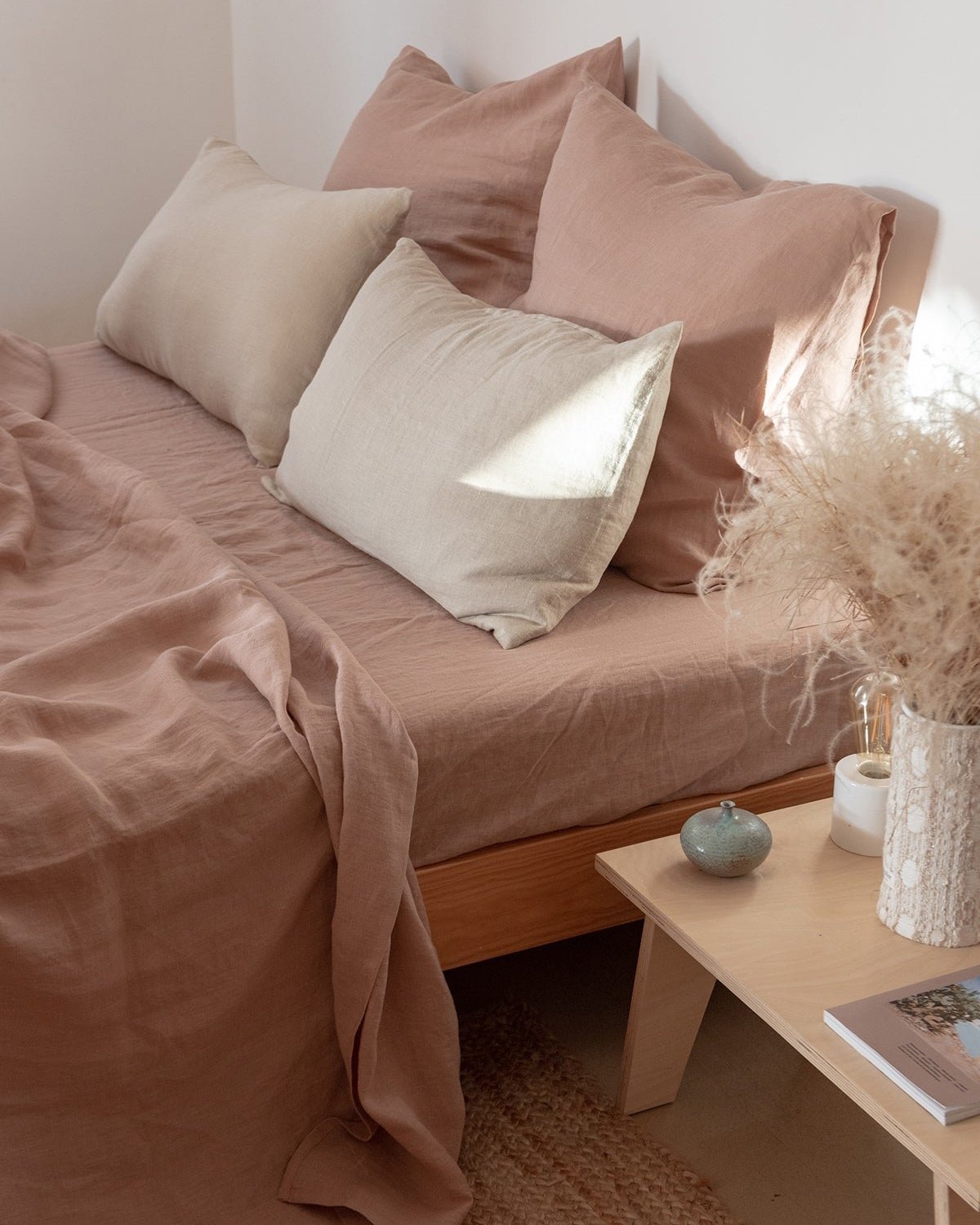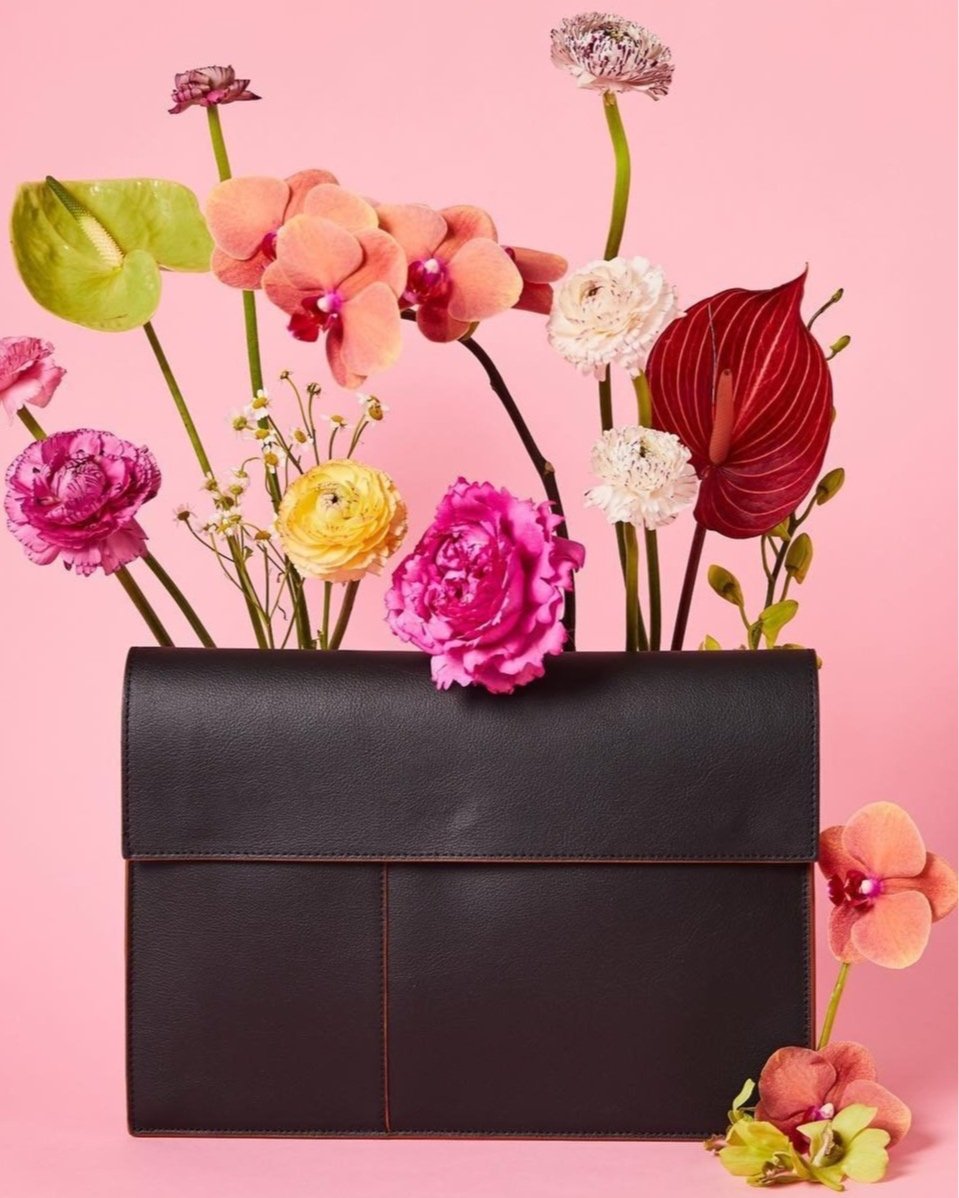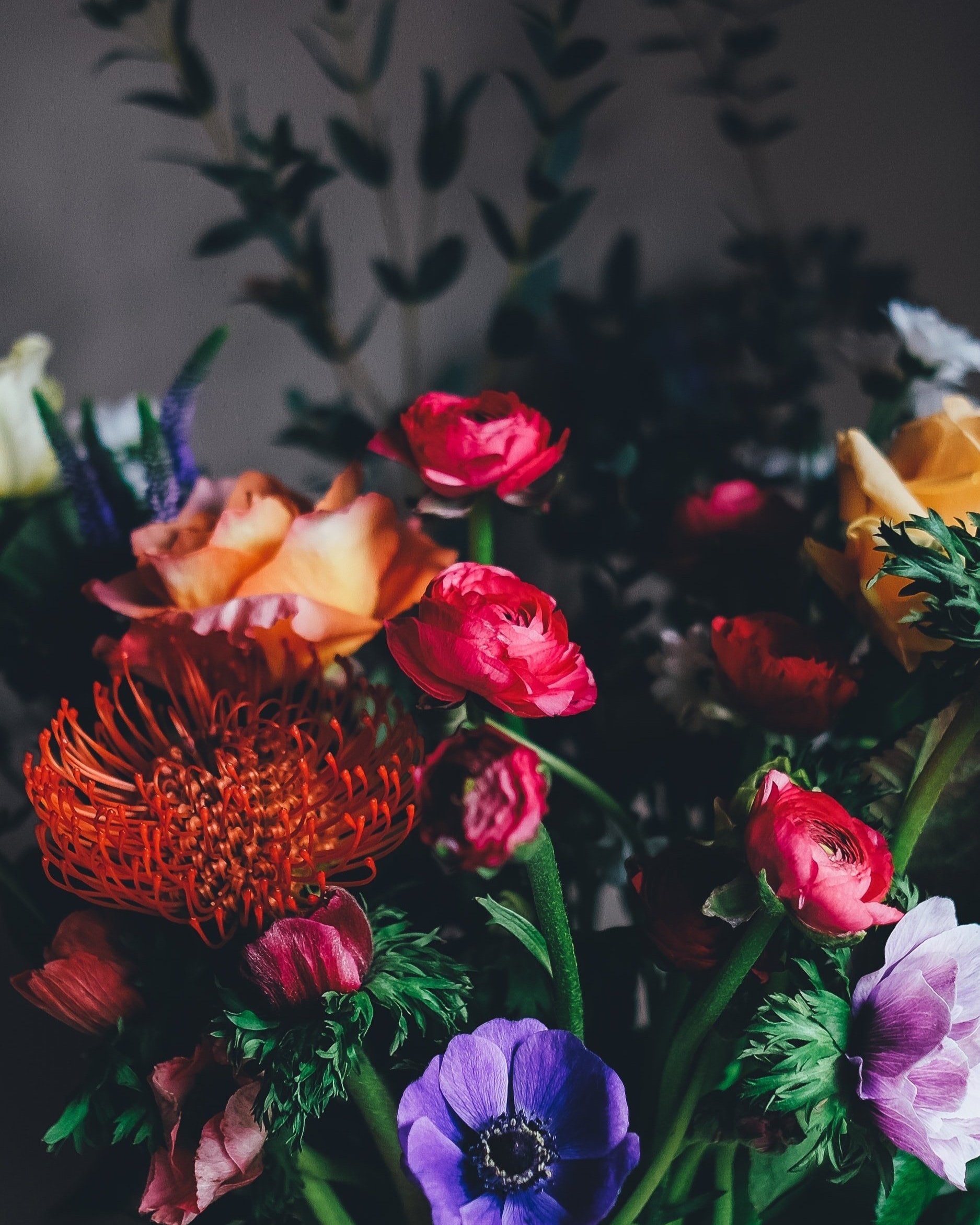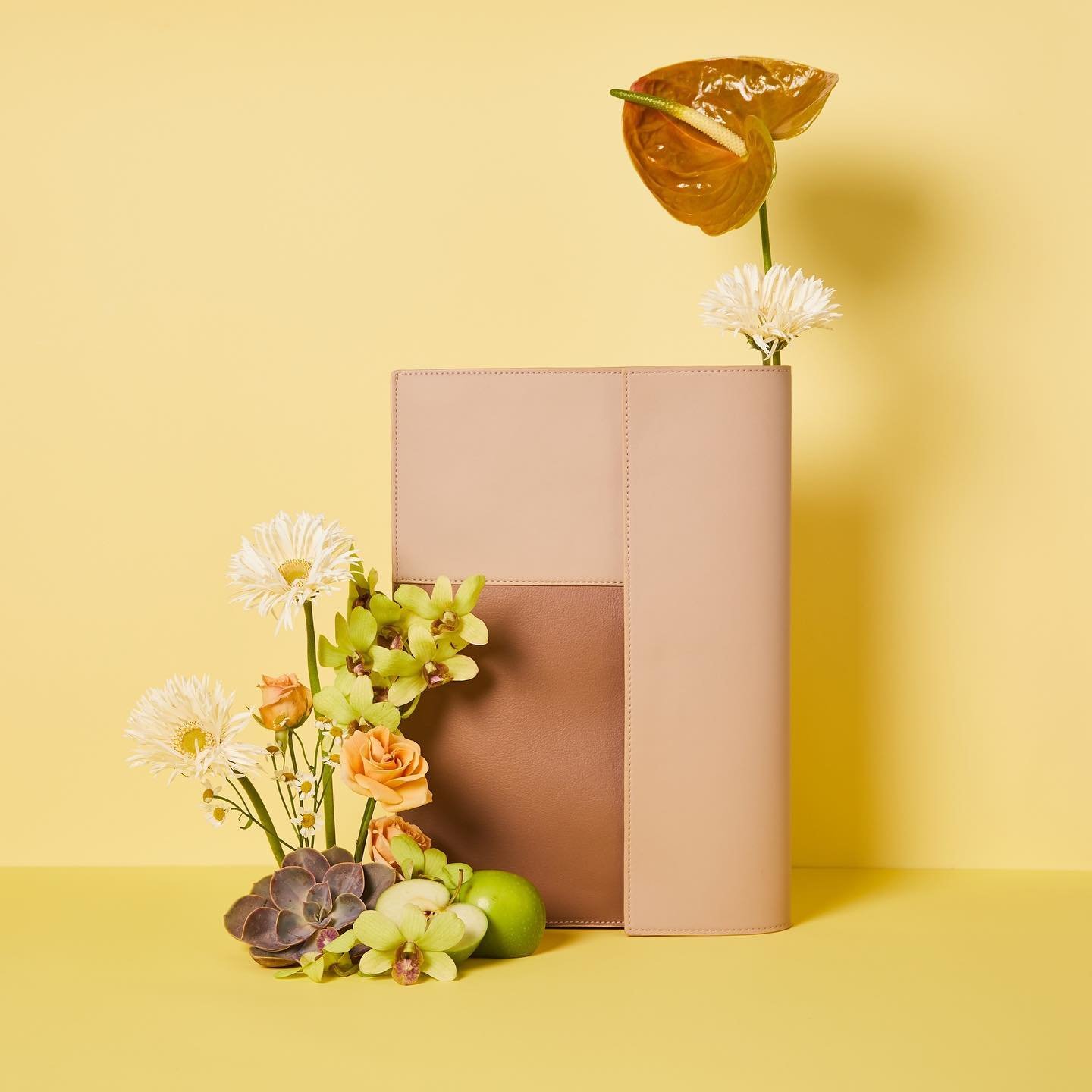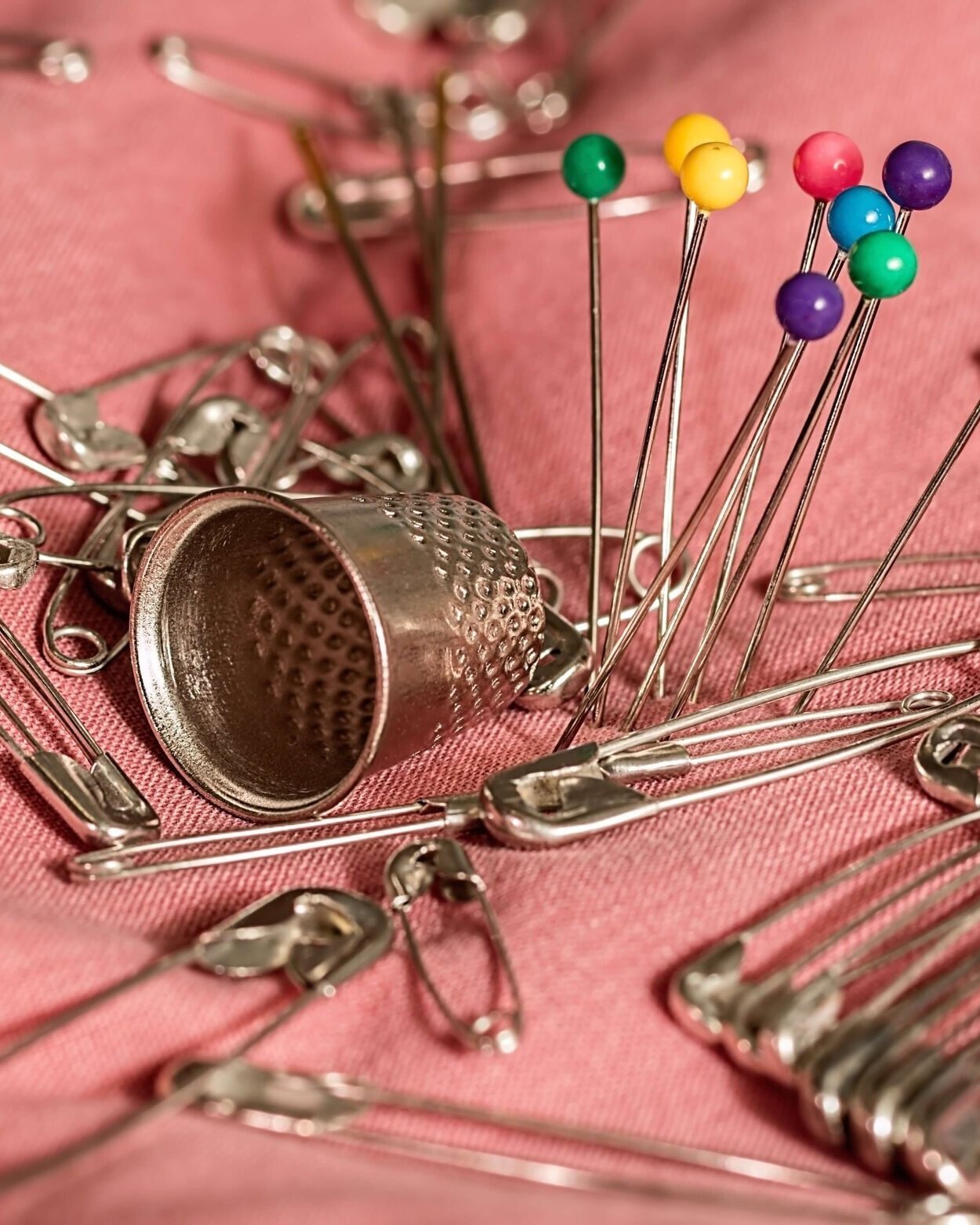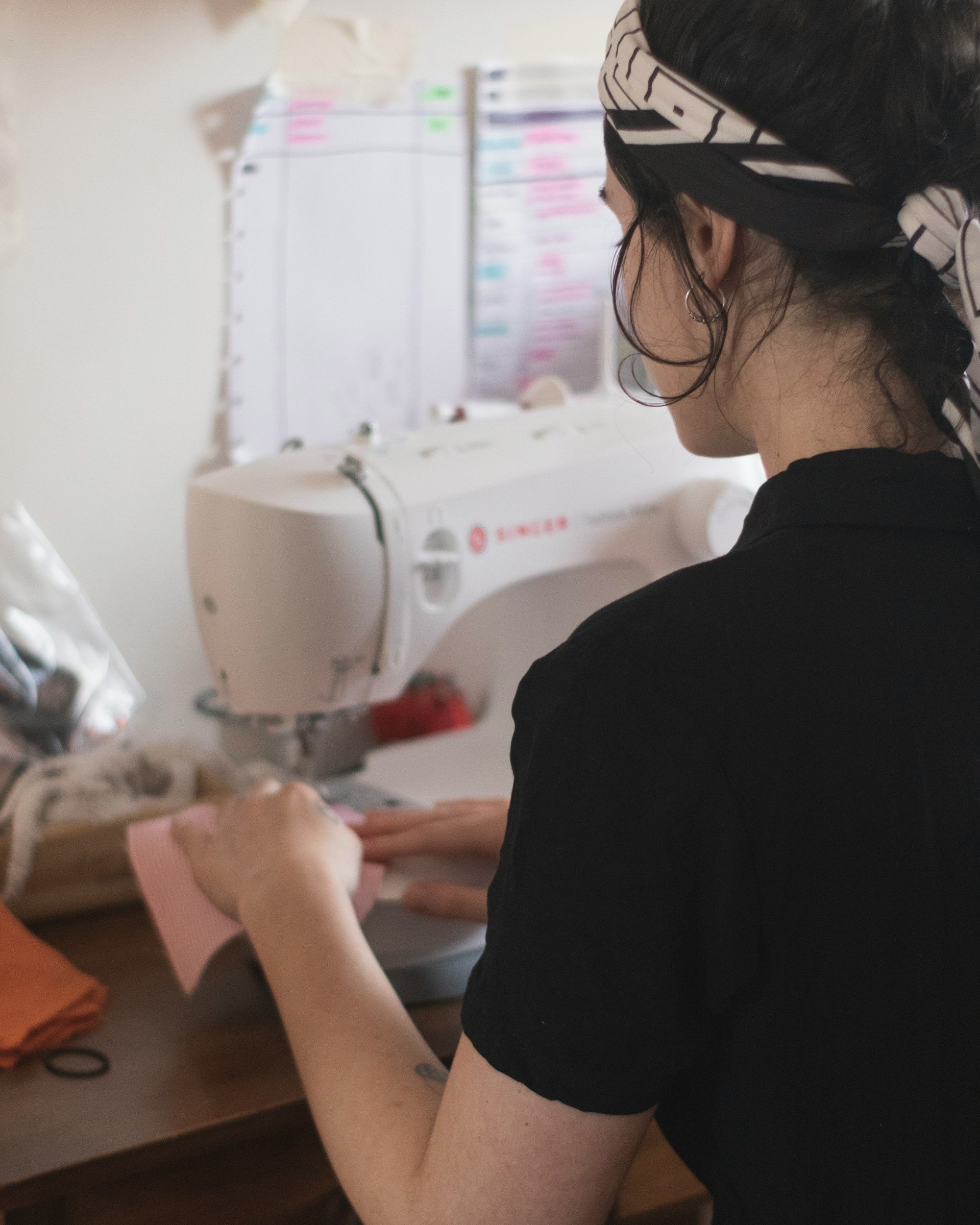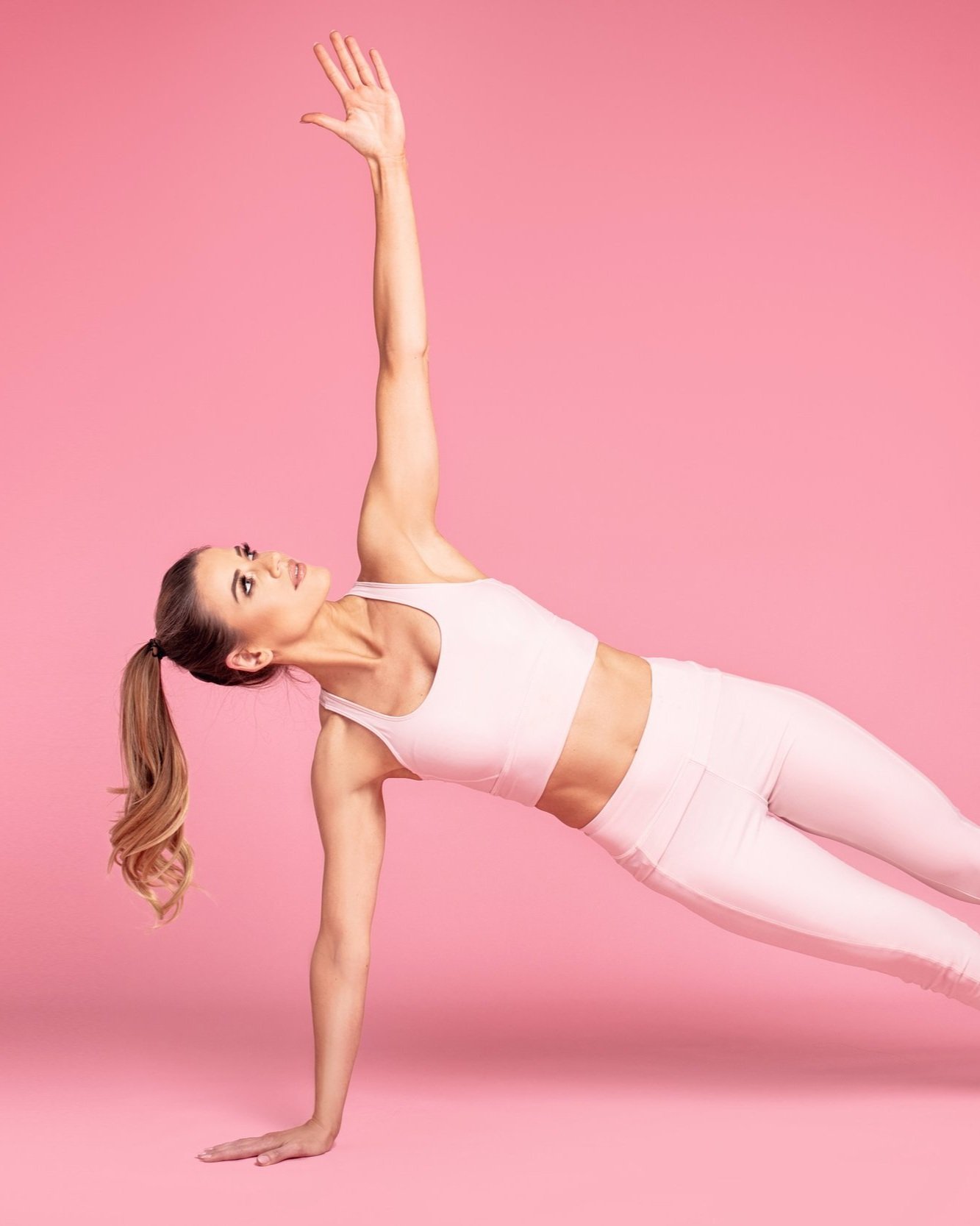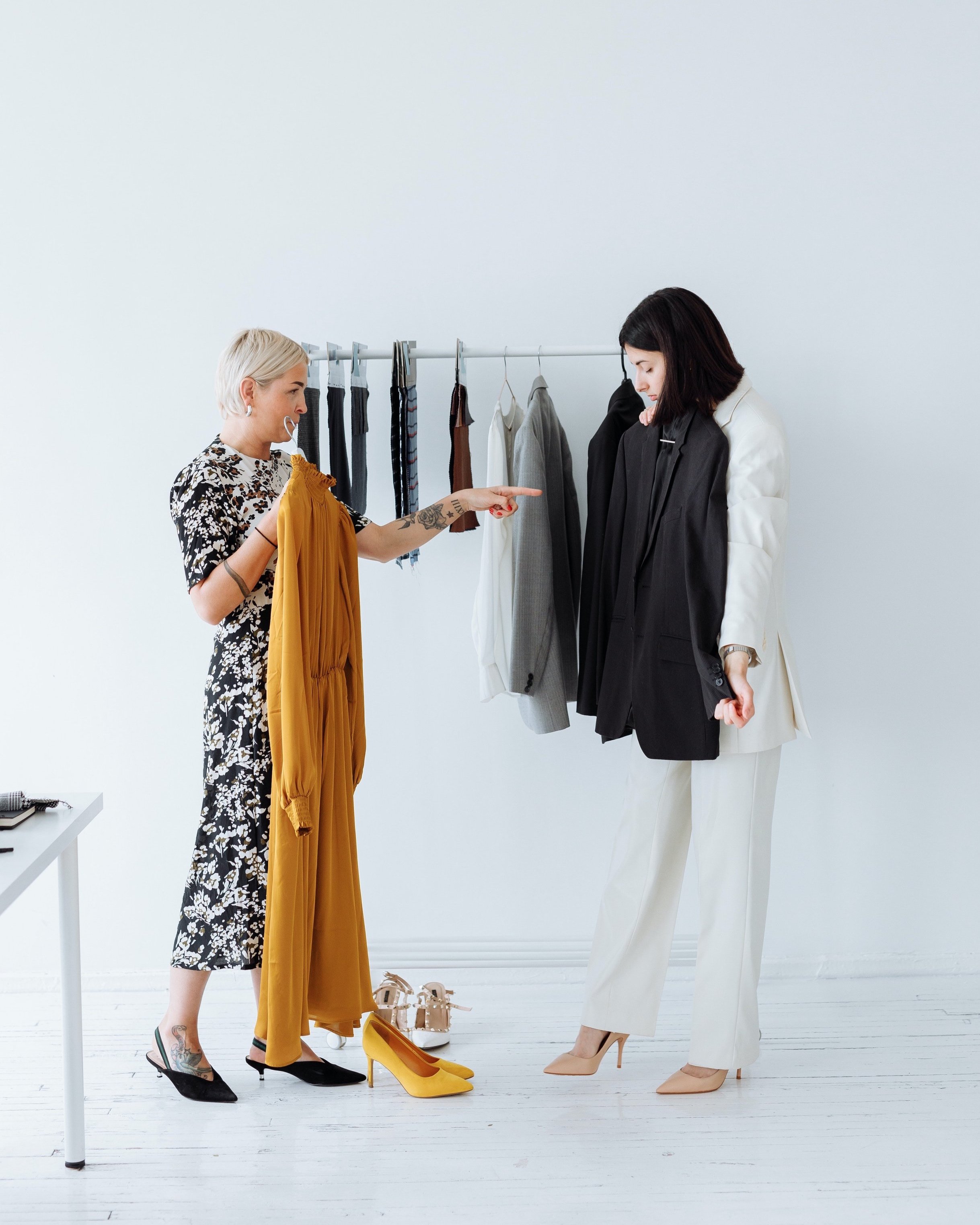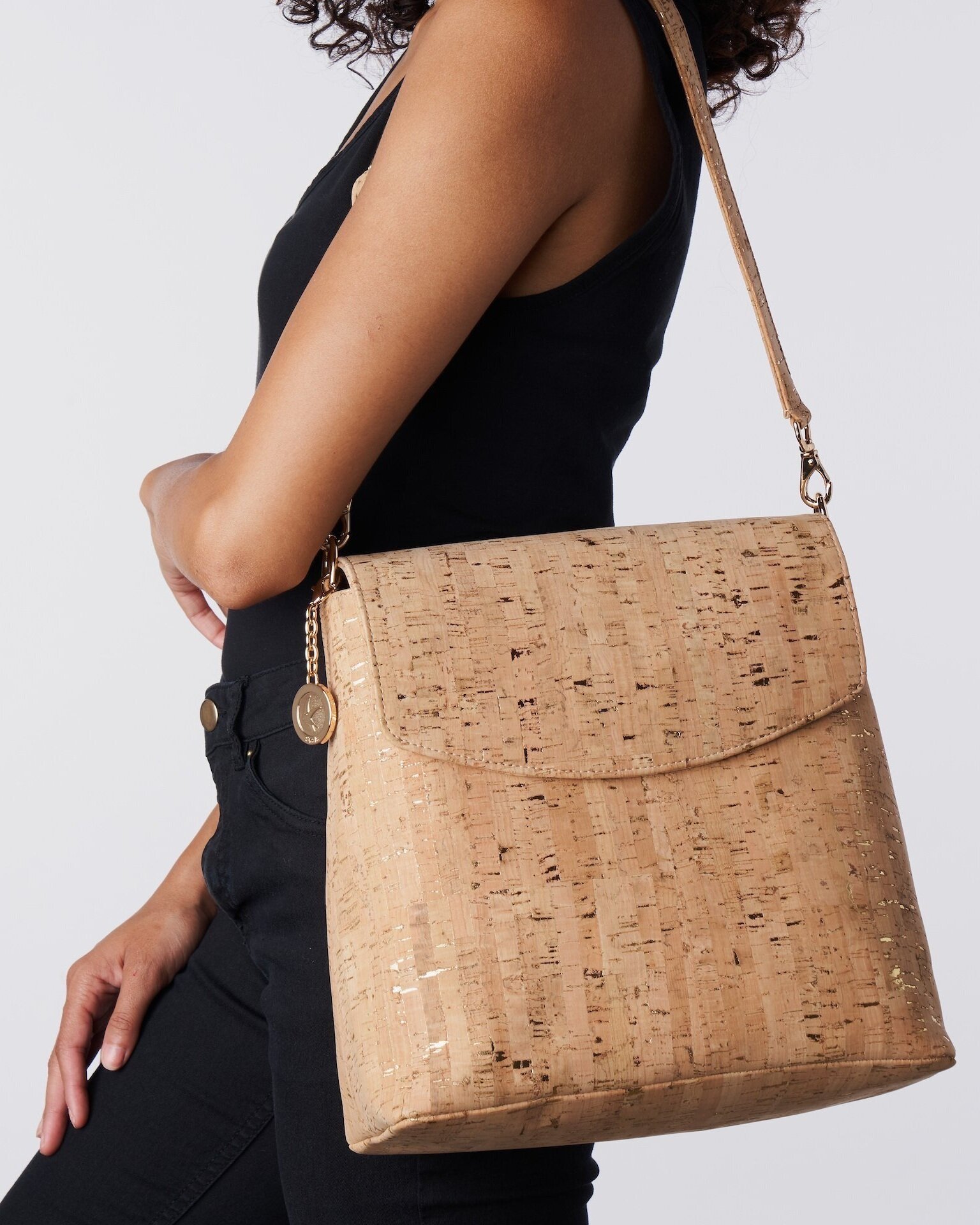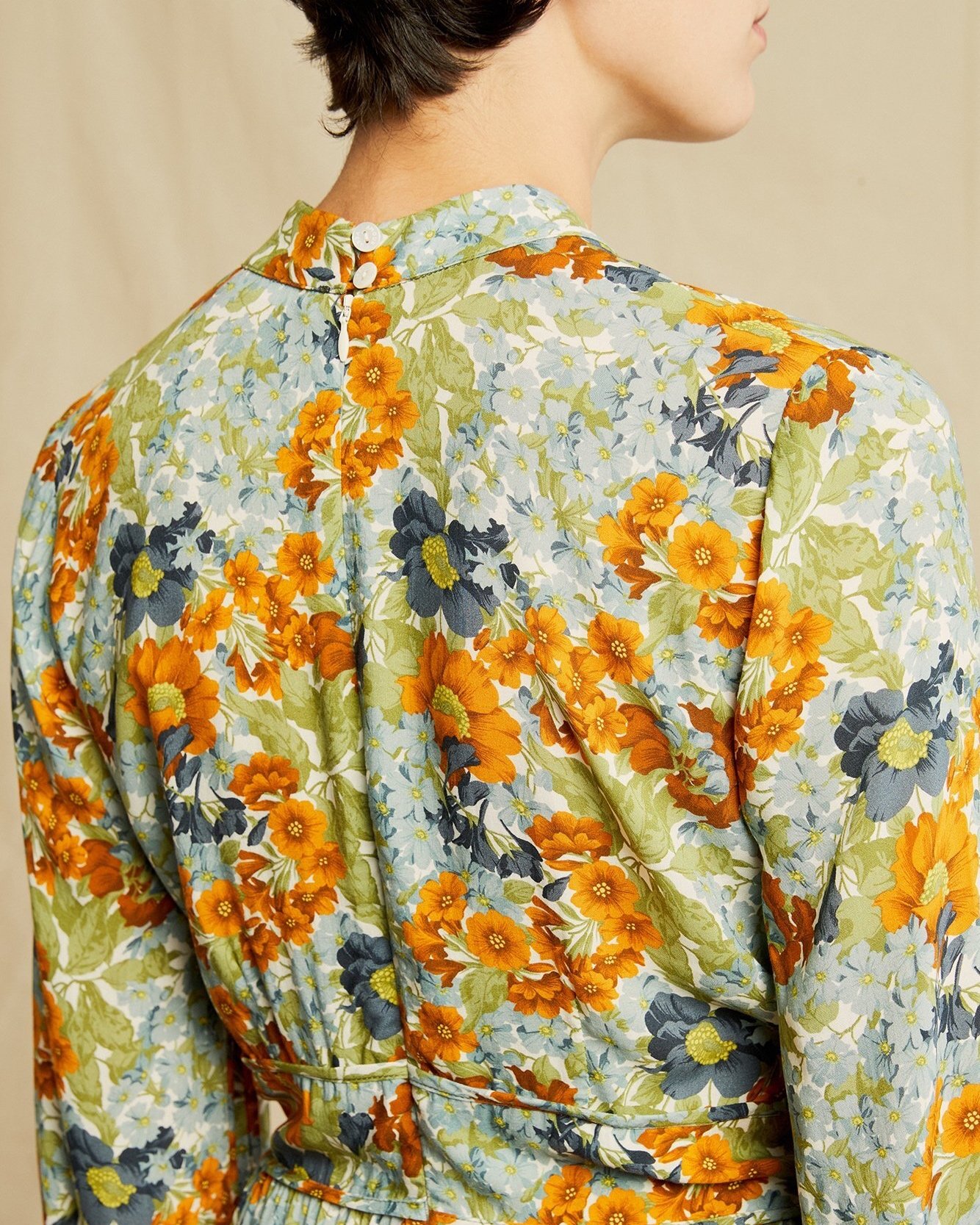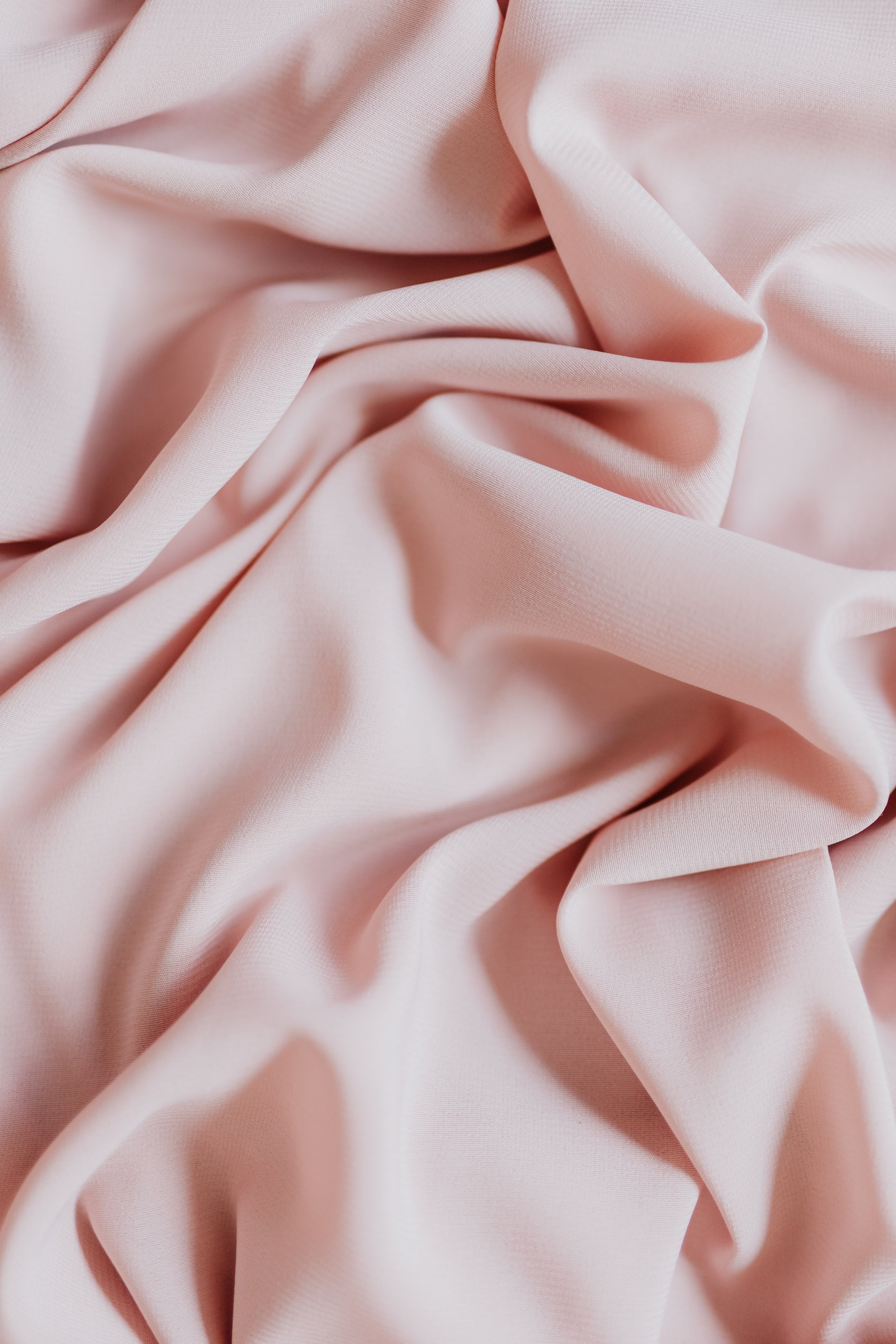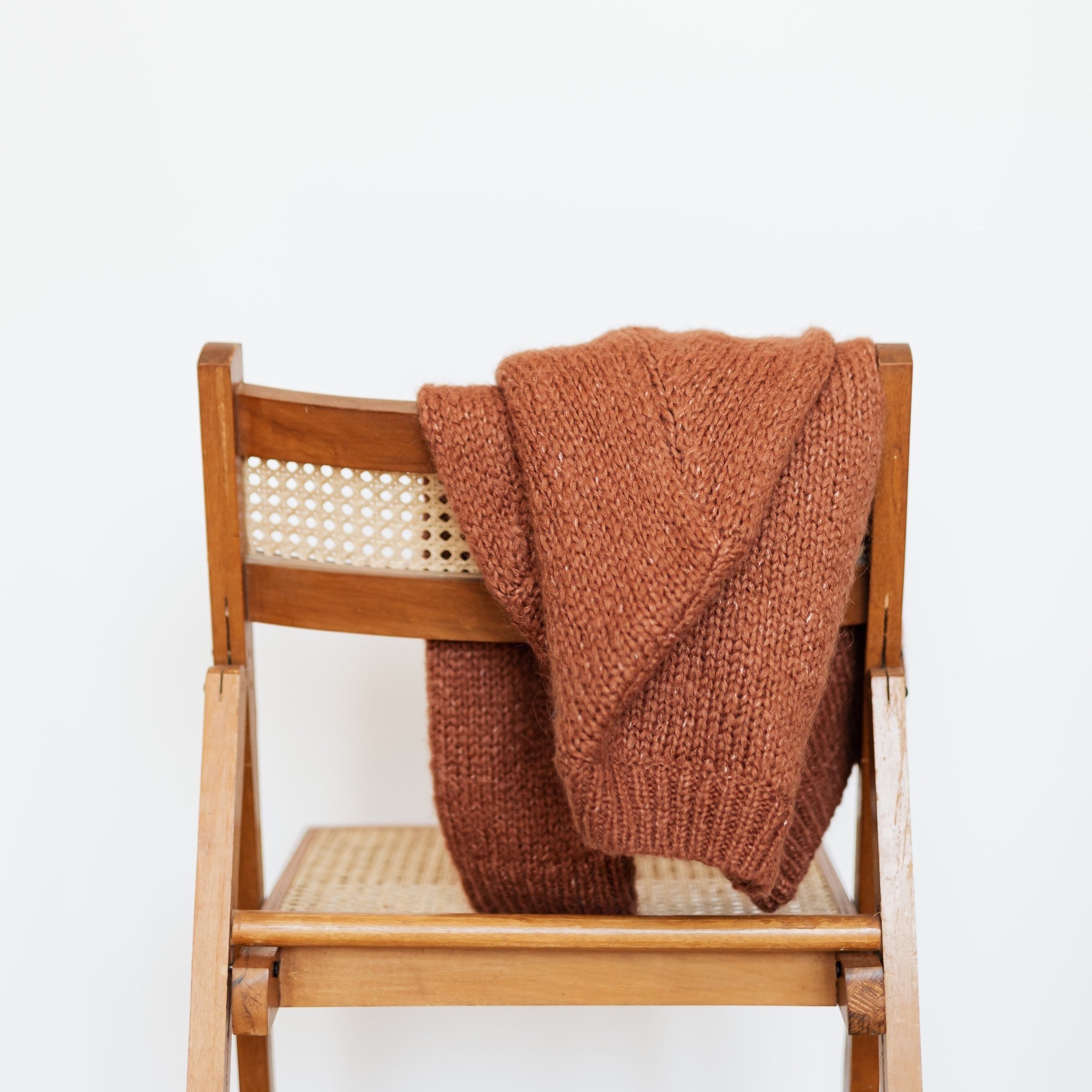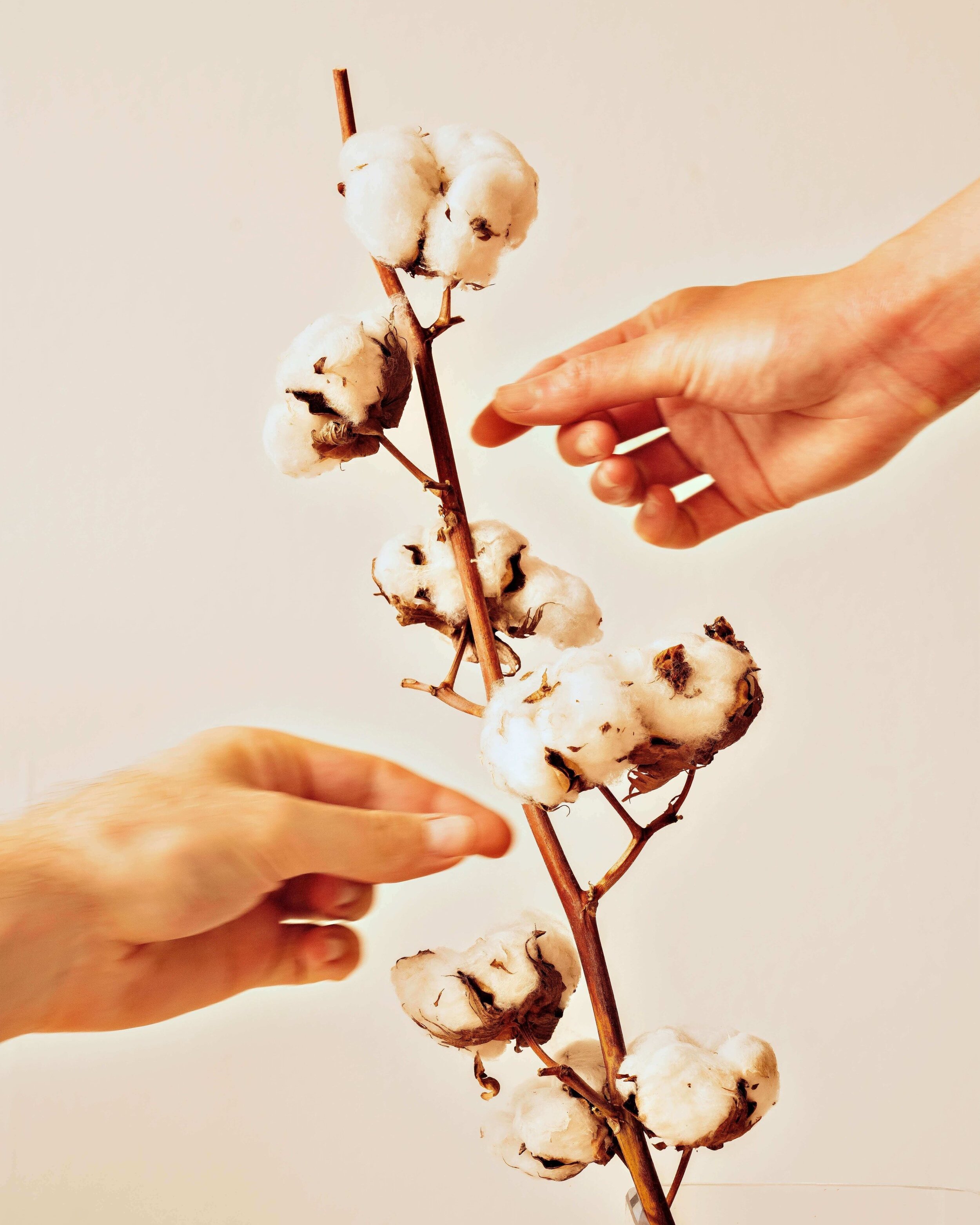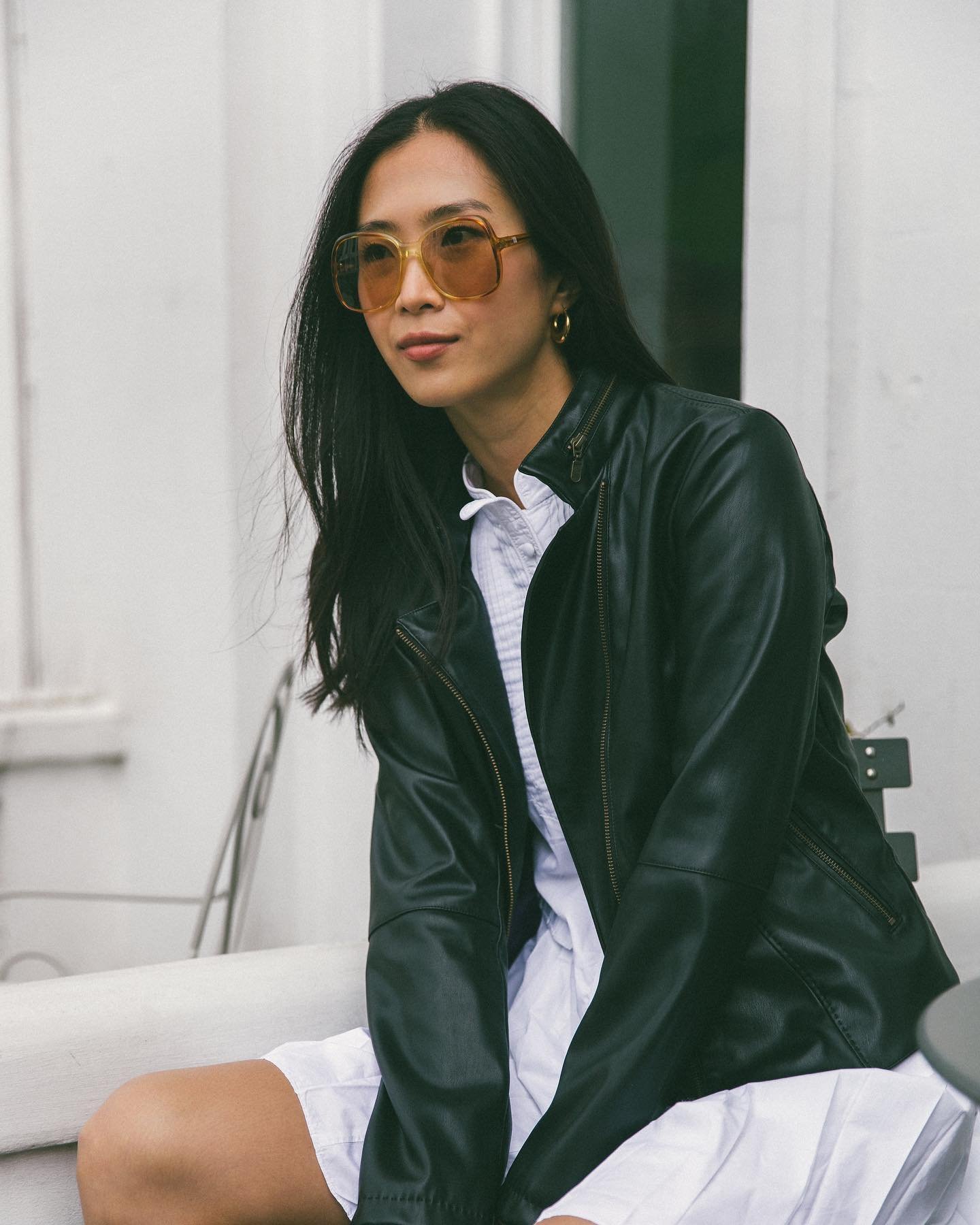Disclosure: Some of the links below are affiliate links, we earn a small commission if you click through & make a purchase. We only add brands & products we truly believe in.
SUSTAINABLE CLOTH DIAPERS
Whenever we welcome a new baby into our family, we inevitably have to decide what type of diapers we are going to use.
While disposable diapers are incredibly convenient, using them contributes to the global waste crisis we are currently facing. It is actually estimated that, in the United States alone, around 20 billion disposable diapers end up in landfills every year, which is about 3.5 million tons of waste!
Since they are made with synthetic materials, they take hundreds of years to decompose completely. During that time, pathogens are introduced into the environment, polluting the soil and groundwater.
The production of disposable diapers is also very resource-intensive and contributes to air and water pollution. Not only that but most of them also contain harmful substances such as dioxin or phthalates, which may cause health issues in the long run.
Because of those reasons, cloth diapers seem to be the obvious choice for eco-conscious parents who strive to live more sustainably.
However, cloth diapers also have a large environmental footprint. Making them, and then washing them regularly, uses a lot of water and energy. Plus, they can be very poorly made and produced under unethical conditions.
But some studies found that the environmental damage caused by cloth diapers is smaller than that of disposable diapers. What’s more, if we choose more sustainable models, use them for a long time and launder them responsibly, we can easily mitigate their footprint.
This article will help you choose the most sustainable cloth diapers for your baby!
WHAT MAKES CLOTH DIAPERS SUSTAINABLE?
For cloth diapers to be as sustainable as possible, we want them to last for a very long time. And since we are constantly washing them, it is essential to choose high-quality cloth diapers and stay away from fast fashion brands selling their own versions.
They should also be made with sustainable materials and produced ethically by a brand paying its workers a fair living wage.
As mentioned earlier, for cloth diapers to be more eco-friendly, you should also wash them responsibly. So try to only wash them in full loads and make sure to air dry them to save energy. Avoiding the tumble dryer will also make them last a lot longer!
Once your child does not need them anymore, consider reusing them for a future baby, or passing them down to other families.
WHAT ECO-FRIENDLY MATERIALS SHOULD YOU SEARCH FOR?
Some of the most sustainable materials for cloth diapers are organic cotton and hemp. Many ethical brands also use recycled polyester as it has great water-resistant properties, which is what we want for cloth diapers.
If you can, try to choose cloth diapers made with OEKO-TEX® certified fabrics. Fabrics with this label have been rigorously tested for toxic chemicals and they are deemed safe to wear on our skin. That way, you know that your baby is not in contact with harmful substances!
WHERE TO FIND SUSTAINABLE CLOTH DIAPERS?
There are many options available to find sustainable cloth diapers. Some are more budget-friendly than others, but all of these are better for the planet than disposable versions and fast-fashion cloth diapers.
Second-hand cloth diapers
Let’s be honest, new cloth diapers can be expensive. Depending on the age of your baby and how often you do laundry, you probably need between 12 and 36 of them. Since you can easily spend at least $10 per cloth diaper, it is a pretty big upfront investment!
Yes, cloth diapers will make you save tons of money in the long run, but not everyone can afford to pay hundreds of dollars at once, just for a stash of diapers.
So if you are on a tight budget or simply if you prefer to support the second-hand market, consider getting your cloth diapers used.
Some people might not feel comfortable buying such a personal item second-hand, but you can definitely thoroughly clean and sanitize the diapers before using them!
You can buy used cloth diapers that are in good condition for half their retail value, so they are a great investment for your wallet!
Getting second-hand cloth diapers is also better for the planet as it reduces waste and reuses the natural resources that have already been extracted from the Earth.
There are many places where you can find used diapers, such as Facebook Marketplace, Craigslist, or eBay. Different second-hand clothing apps like Poshmark also have countless listings! If you are in Europe or the United Kingdom, check if you can find some on Vinted.
Do not forget to ask your friends or family members if they have any unused cloth diapers that you could borrow or buy from them.
Rental services
Another incredibly sustainable option is renting your cloth diapers. If you cannot find what you are looking for second-hand and do not want to buy new ones, renting them is a great alternative!
One of the many benefits of renting cloth diapers is that, as your baby grows, you simply need to return the diapers and choose a larger size. You do not have to worry about reselling the outgrown ones and looking for bigger models afterward.
You can also use rental services if you are not sure whether you want to buy cloth diapers or not and prefer to try them out first.
Many online rental services will ship their (clean) cloth diapers right to your door, and some even offer laundering services! Here are a few that are based in the United States:
Loop by Charlie Banana: Starting at $15 per week, the company will send you a whole stash of cloth diapers and wipes. It can also take care of all the laundry and deliver fresh diapers every week. The diapers are OEKO-TEX certified and climate-neutral!
The Green Tot Spot: You can rent cloth diapers for your newborn or your toddler for around $30 per month. They are made with hemp and organic cotton.
The Natural Baby: This one allows you to rent one-size cloth diapers for 12 weeks for $250 if you choose 28 pieces, or $130 if you only need 14. They also come with reusable wipes, wet bags, and diaper rash cream.
If you live in Canada, make sure to check out the Cloth Diaper Library and Happy Nappy. And for those of you in the United Kingdom, Cloth Nappy Nerds and The Nappy Lady have some great rental programs too.
Sustainable cloth diaper brands
If you are not comfortable getting cloth diapers that have already been used by other babies and prefer to buy new ones, do not worry, you can still find sustainable options!
There are many ethical brands selling new, sustainably made cloth diapers. We have curated 11 of them that we think are worth supporting!
1) GroVia
Materials: Organic Cotton, Hemp, Polyester, Cotton
Price: $12-29 Per Diaper
GroVia has been crafting cloth diapers for the past 15 years. It has a very large selection of all-in-one and hybrid diapers featuring a heavy-duty construction that is built to last.
The brand offers a great size range, with cloth diapers designed for newborns, toddlers, and even larger babies and older kids with special needs.
Its BIG O.N.E. collection has diapers fitting children weighing 35 to 70 lbs!
Many of GroVia’s cloth diapers are made with sustainable materials, like organic cotton and hemp.
2) Dyper
Materials: Bamboo, Polyester
Price: $11 Per Diaper
Dyper is a diaper brand offering cloth diapers that are designed to grow with your baby. You can easily adjust them around the waist and legs using their strategically located snaps.
The diaper inner is made from responsibly-sourced bamboo viscose and microfiber, resulting in a very absorbent and soft fabric. The inner is coupled with a waterproof outer layer to prevent blowouts and leaks.
Dyper’s diapers come in a pack of 12 diapers and inserts in the colors gray, yellow and striped. The brand also buys carbon offsets with each purchase, which is a great initiative!
3) Charlie Banana
Materials: Hemp, Cotton, Polyester, Tencel Lyocell
Price: $24-28 Per Diaper
Charlie Banana is a female-led brand creating non-toxic cloth diapers that are all certified Standard 100 by OEKO-TEX. They are thoughtfully designed with comfort, leak protection and absorbency in mind.
The brand’s cloth diapers feature incredibly cute styles and prints, such as pirates, cacti or donuts! While there are a few polyester models, you can get some made with a blend of hemp and cotton.
Charlie Banana also has swim diapers with a Tencel lyocell lining.
The company is a member of 1% For The Planet, and it sometimes partners with organizations like WWF or Operation Smile.
4) Lighthouse Kids Co.
Materials: Recycled Polyester, Bamboo
Price: $10-27 Per Diaper
Lighthouse Kids Co is an ethical, women-owned business on a mission to make cloth diapering easy and sustainable for all parents.
Its award-winning all-in-one diapers are as easy to use as disposable versions! Their outer shell is made with post-consumer recycled water bottles, and it is paired with a super absorbent OEKO-TEX certified bamboo insert.
These cloth diapers are designed to dry five times faster than conventional ones!
Lighthouse Kids Co also has lovely blowout-proof pocket diapers, available in many styles and colors. The brand makes its diapers in two sizes, including one for chunky babies or toddlers with special needs.
5) Wink
Materials: Bamboo, TPU, Hemp, Organic Cotton
Price: $17-27 Per Diaper
Wink’s cloth diapers are very cute, featuring adorable designs like feathers, cacti, flowers, or avocados! The company also sells a swim diaper with four different size settings, so it will fit babies from birth to potty training.
The brand’s cloth diapers are made of hemp, organic cotton, TPU or bamboo, and they all come with a 12-month warranty.
Wink also only uses fabrics that carry the OEKO-TEX Standard 100 label, so they are completely safe and free of harmful chemicals.
6) Esembly
Materials: Organic Cotton, Recycled Polyester
Price: $30-33 Per Diaper
Esembly is a women-owned business selling cloth diapers made in the United States from sustainable and high-quality materials.
The brand makes incredibly soft, leak-proof diaper inners that you can pair with a waterproof cover designed in dozens of fun prints and colors. The cover can be used on its own as a swim diaper, which is very convenient.
Available in two different sizes, the inner is made of GOTS-certified organic cotton, and the outer cover is produced with post-consumer recycled water bottles.
Esembly even created a platform where you buy second-hand diapers and resell yours when your baby no longer needs them!
7) Pooters
Materials: Hemp, Organic Cotton, Merino Wool, Polyester
Price: $39-68 Per Diaper
Pooters has been specializing in the production of sustainably made, high-quality cloth diapers.
Its fitted diapers are made of a blend of hemp and organic cotton. The Overnight Super Soaker model provides protection for more than 12 hours, so your baby (and you) can sleep for longer stretches!
These fitted diapers should be worn with one of the brand’s waterproof covers to prevent leaks and blow-outs. We particularly recommend the Pooters wool shorties, which are made from OEKO-TEX certified merino wool.
8) Sloomb
Materials: Bamboo Viscose, Organic Cotton, Hemp, Merino Wool
Price: $15-35 Per Diaper
Sloomb is a lifestyle brand selling all kinds of clothes for adults and kids, home goods, and cloth diapers for our little ones.
Available in five colors, the fitted diapers are super absorbent and soft, and they are made from organic cotton, hemp, or bamboo. To make the fitted diaper completely leak-proof, pair it with one of the brand’s water-resistant covers.
Their fabric is 100% non-mulesed merino wool, and it is OEKO-TEX certified.
Sloomb has partnered with Trees For The Future to plant one tree for every cloth diaper you purchase.
9) Thirsties
Materials: Organic Cotton, Hemp, Polyester
Price: $15-34 Per Diaper
Thirsties creates eco-friendly cloth diapers in all kinds of styles, sizes and prints. Everything is manufactured in Colorado, and more than 90% of the materials used by the brand are sourced from the United States.
While some cloth diapers are made of polyester, many are produced from organic cotton and hemp. You can choose between all-in-one diapers, pocket ones, swim models, and potty-training pants.
Thirsties offsets all the carbon emissions generated during the transportation process, and it ships its products in recycled mailers. It is also a member of the Green America Green Business Network!
10) Bare & Boho
Materials: Bamboo, Cotton, Hemp, Recycled Polyester
Price: $27-30 Per Diaper
Bare & Boho is an Australian brand working with local artists to create beautiful cloth diapers and accessories for newborns and toddlers. Made from a blend of bamboo and cotton, or hemp and cotton, the diaper inner is designed for maximum anti-leak protection. It comes with a wipeable, water-resistant diaper cover produced from either polyester or GRS-certified recycled polyester (made using post-consumer plastic bottles).
Both the cotton and the recycled polyester used are OEKO-TEX certified.
Bare & Boho has also partnered with TerraCycle to recycle old cloth diapers, so you can send them back at the end of their lives! Plus, the brand ships its products in compostable satchels or recycled and FSC-certified cardboard boxes.
11) Smart Bottoms
Materials: Organic Cotton, Hemp, PUL
Price: $22-34 Per Diaper
Smart Bottoms sells high-quality, organic cloth diapers 100% made in the United States. Thanks to their practical snap system, they make changing your baby incredibly easy!
The brand has a huge selection of unique styles, prints and colors. Its all-in-one cloth diapers feature a soft interior made of organic cotton or a blend of hemp and organic cotton.
The organic cotton fabric Smart Bottoms uses is milled in South Carolina, and the other materials are sustainably sourced from factories based in North America. This significantly reduces the carbon emissions created during the transportation process!
FINAL THOUGHTS
Whether you choose to buy cloth diapers second-hand or from a sustainable brand, or if you prefer renting them, all these options are so much better for the planet than buying cloth diapers from fast fashion brands.
They are also so much less wasteful than purchasing disposable diapers, which are not only bad for the environment, but also for your baby!
But it is important to remember that even the most sustainable cloth diapers still have an environmental impact. So try to take good care of them so that they can last for years, and adopt responsible laundering habits!
Once your baby does not need them anymore, do not forget to give your cloth diapers a new life afterward. Consider selling them, giving them away to another family, or reusing them for your future babies.
About the Author
Eva Astoul is a French freelance writer, specializing in content related to sustainability, simple living, and a growth-focused healthy lifestyle. She runs her own blog, Green With Less, to inspire people to live a more minimalist and sustainable life.
MAKE SURE TO PIN THE PHOTO BELOW TO SAVE THIS POST FOR LATER!
WANT MORE SUSTAINABLE BRANDS? VISIT OUR BRAND DIRECTORY!
Our Brand Directory is home to hundreds of sustainable brands, from makeup to cleaning supplies, from underwear to shoes. We have broken everything down by category for easy shopping, along with discount codes unique to Sustainably Chic viewers.

